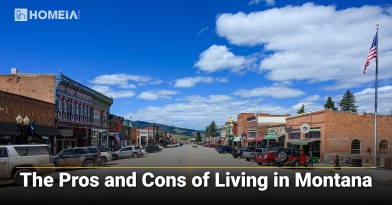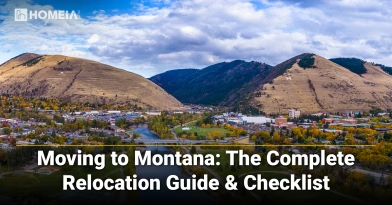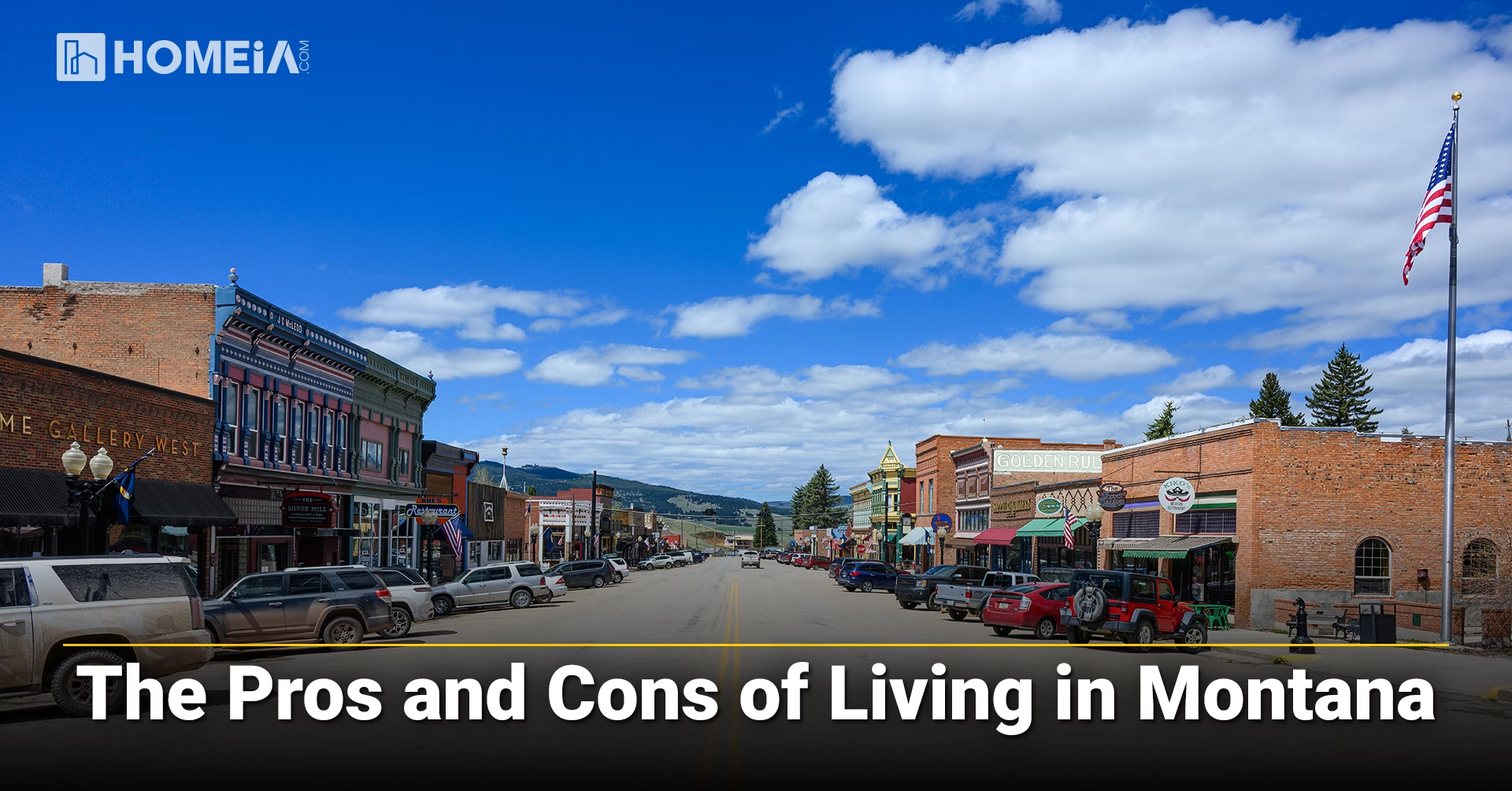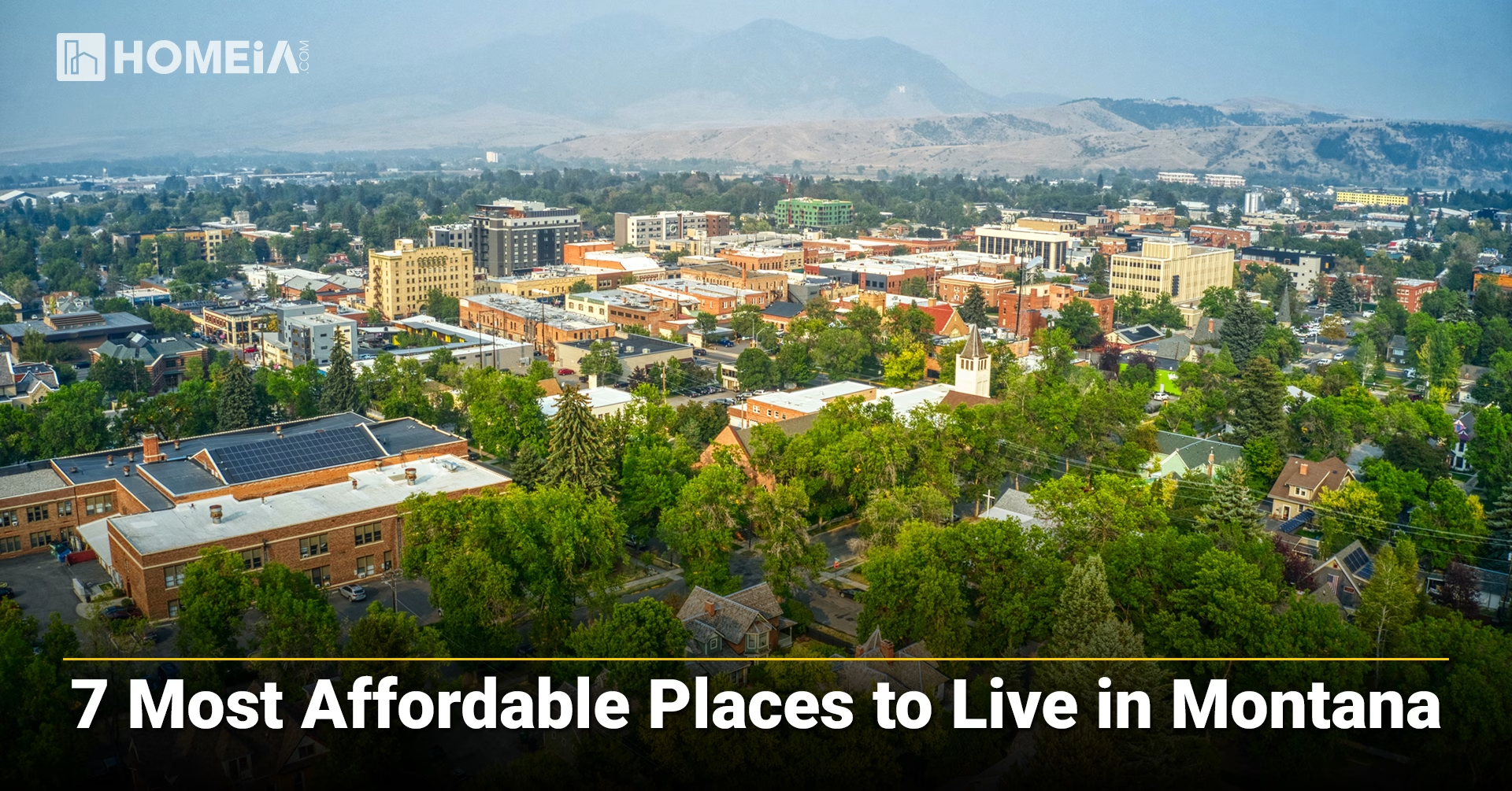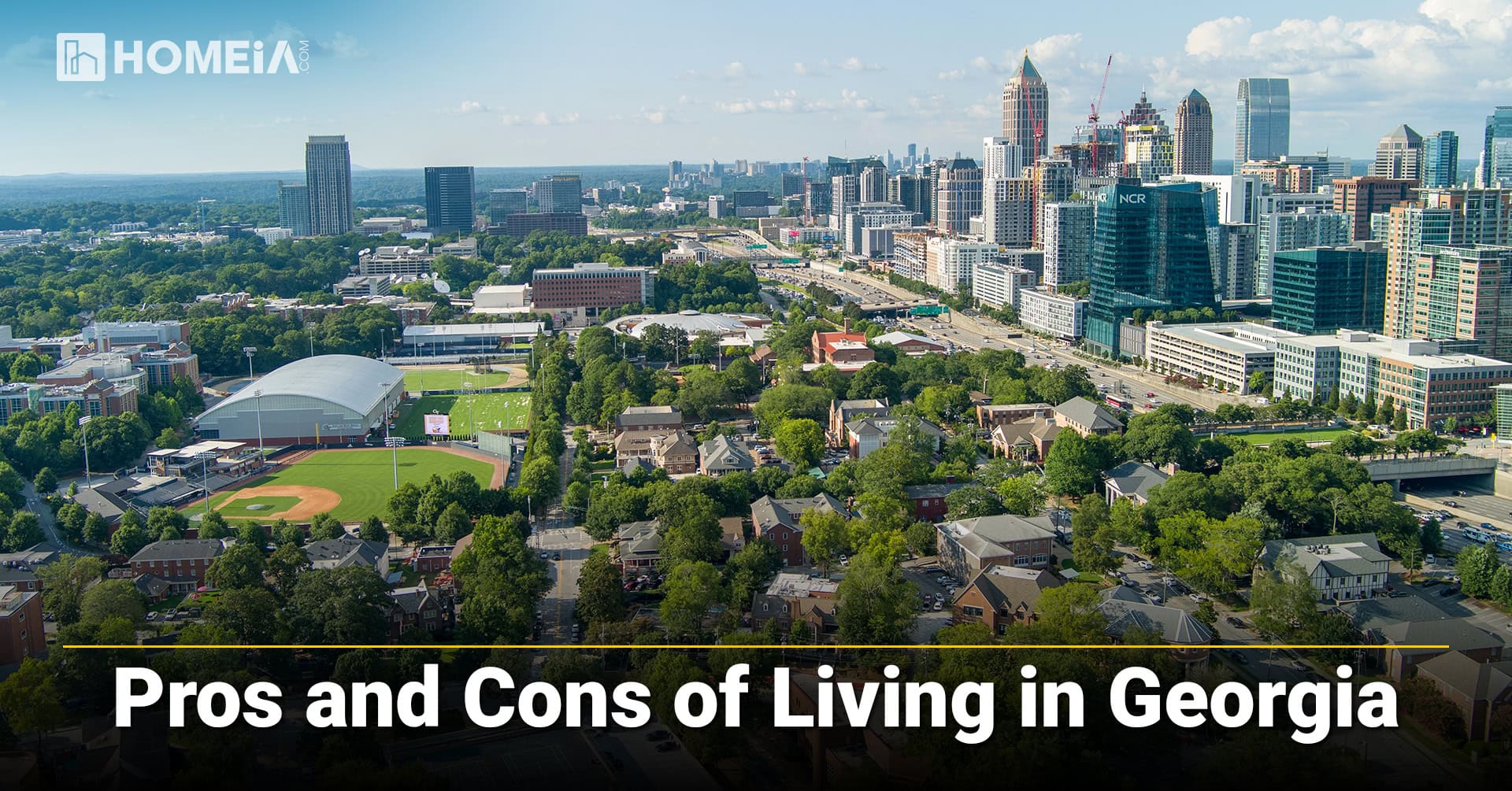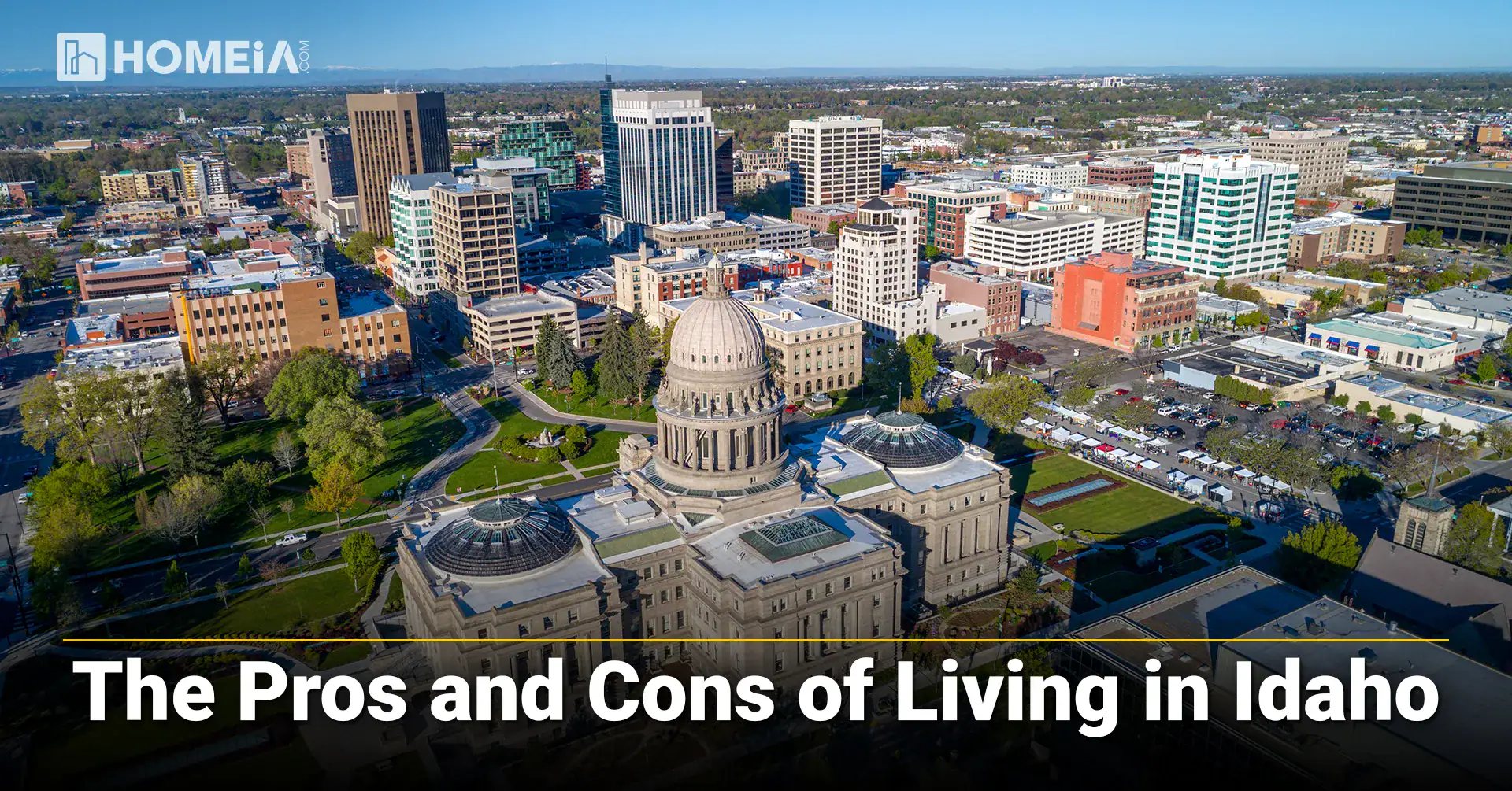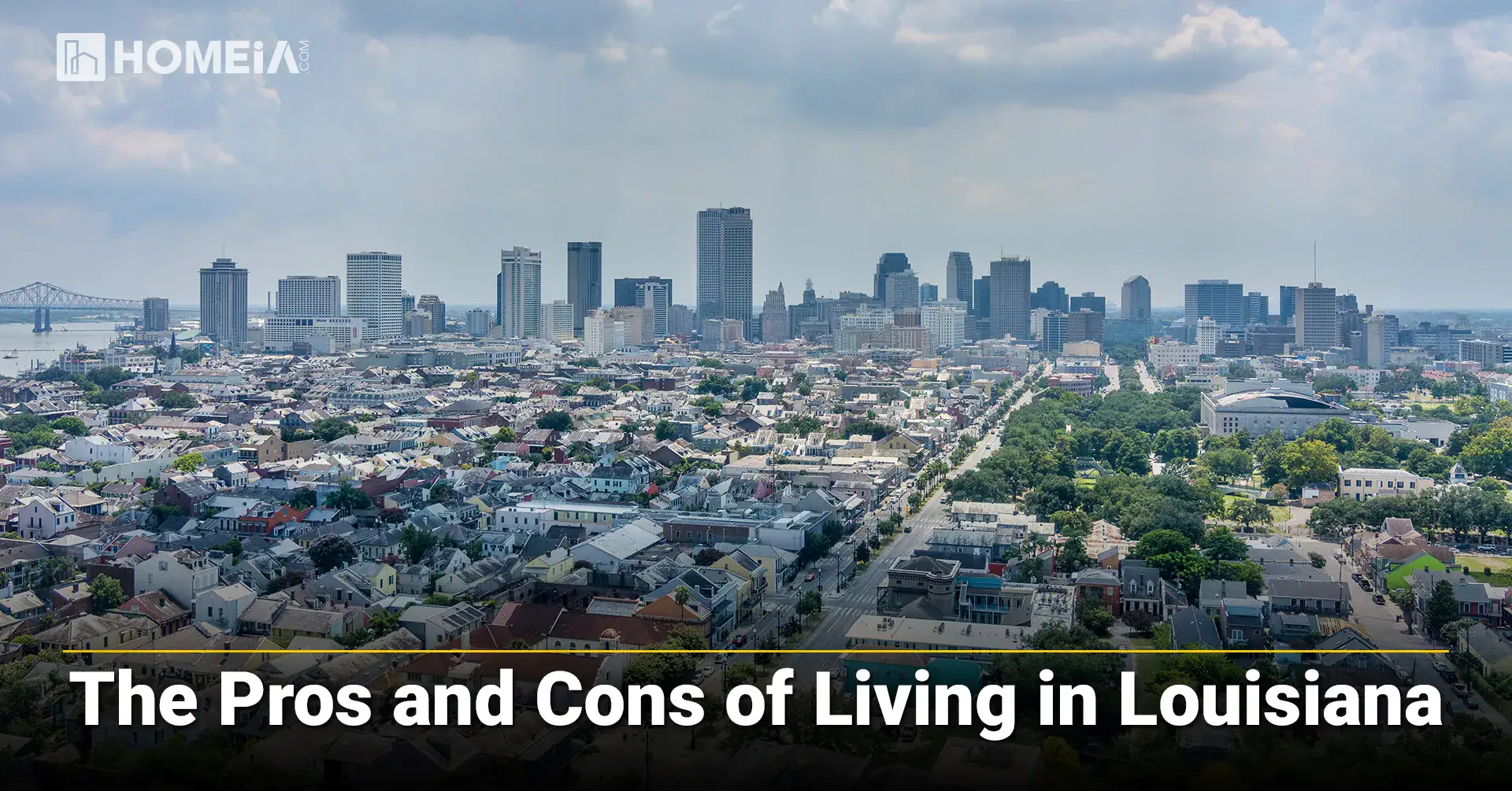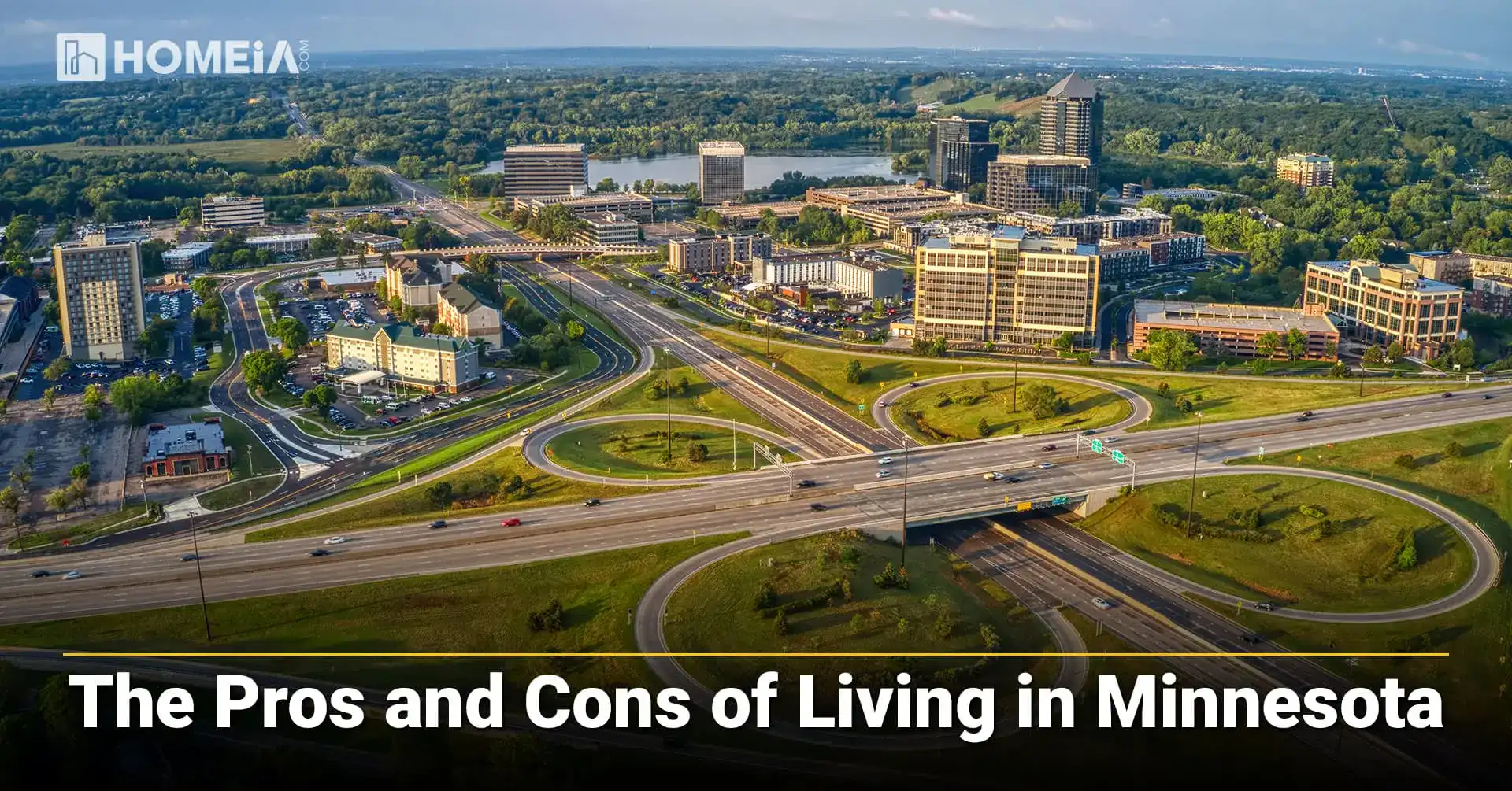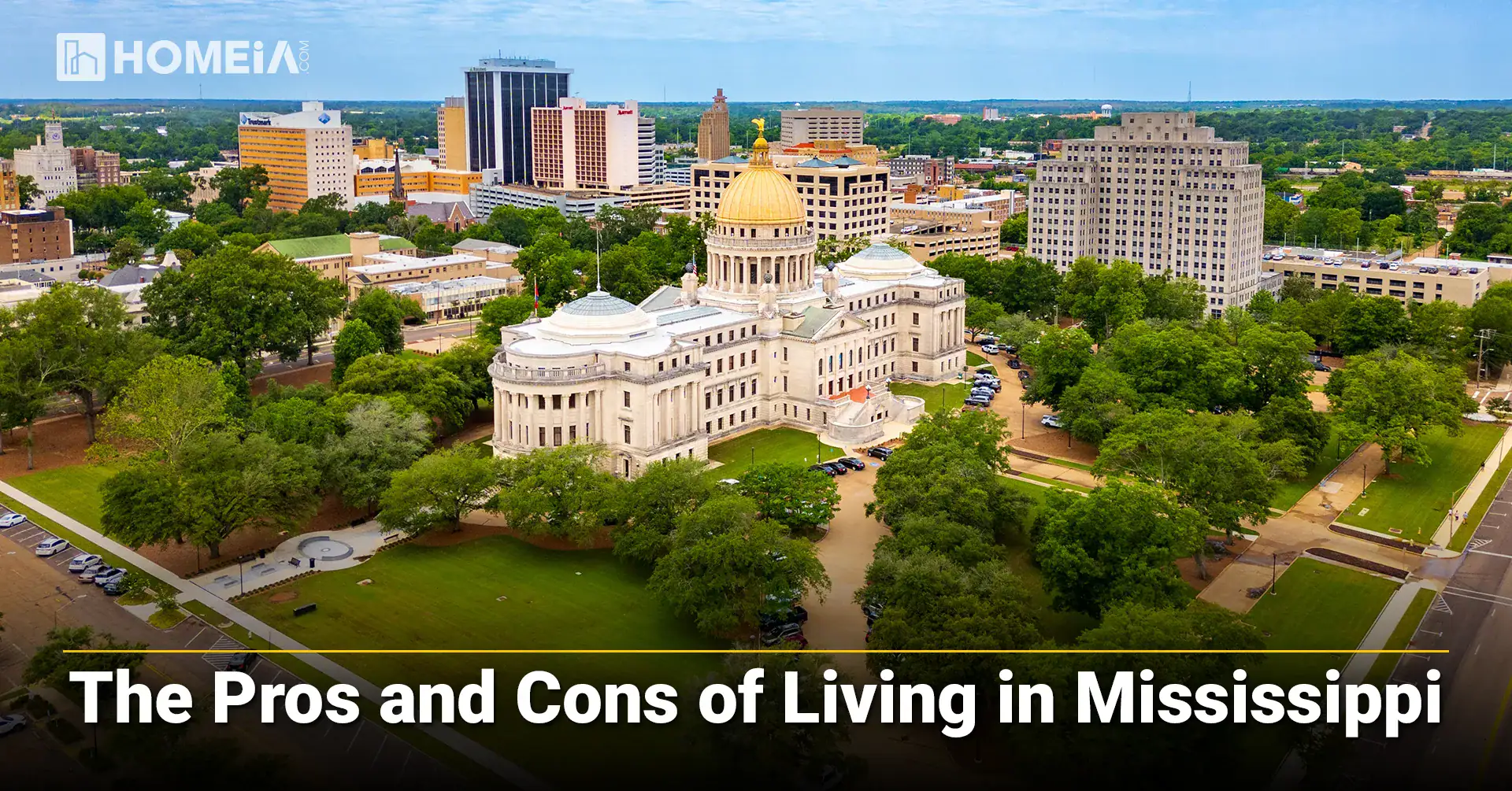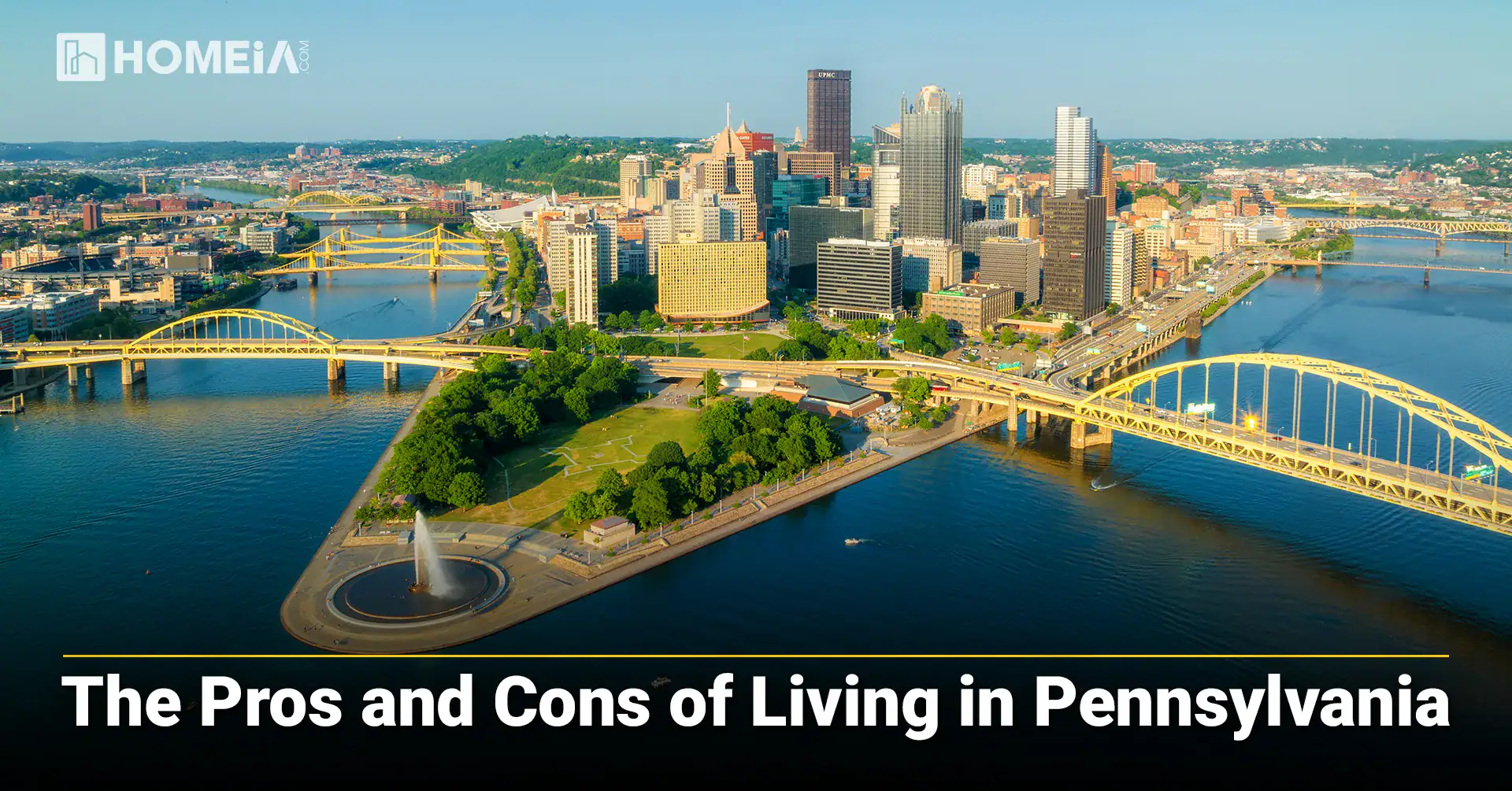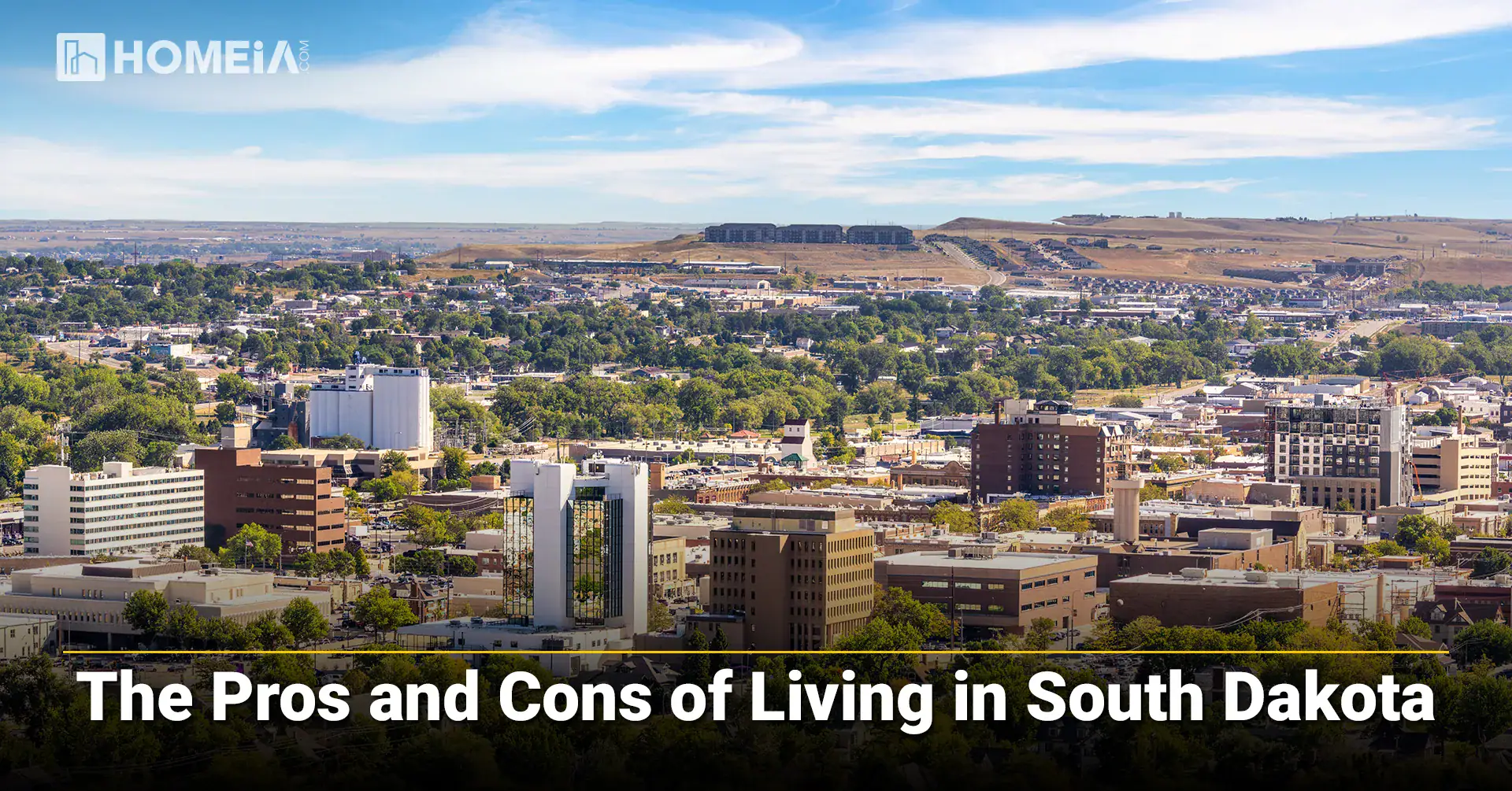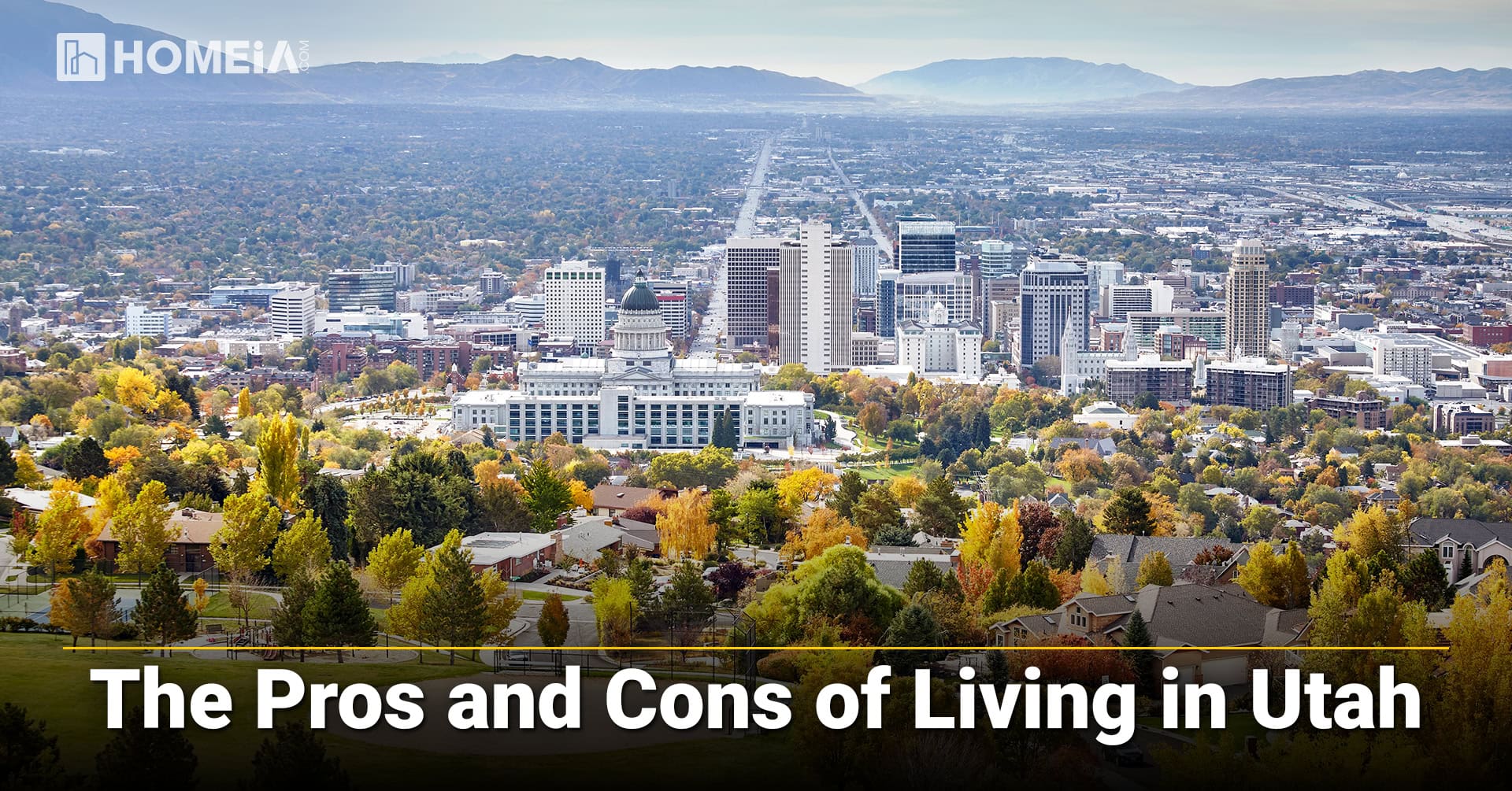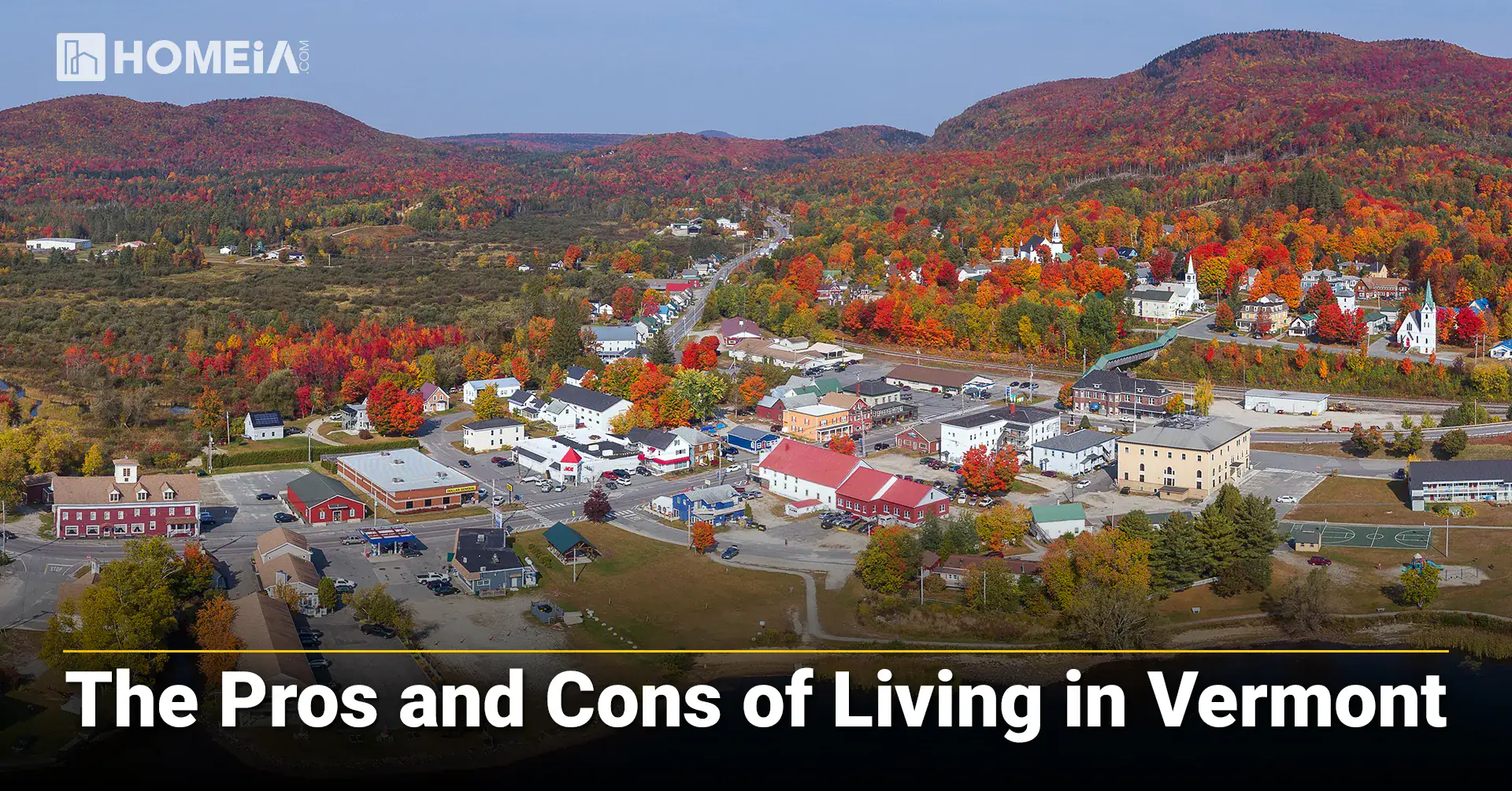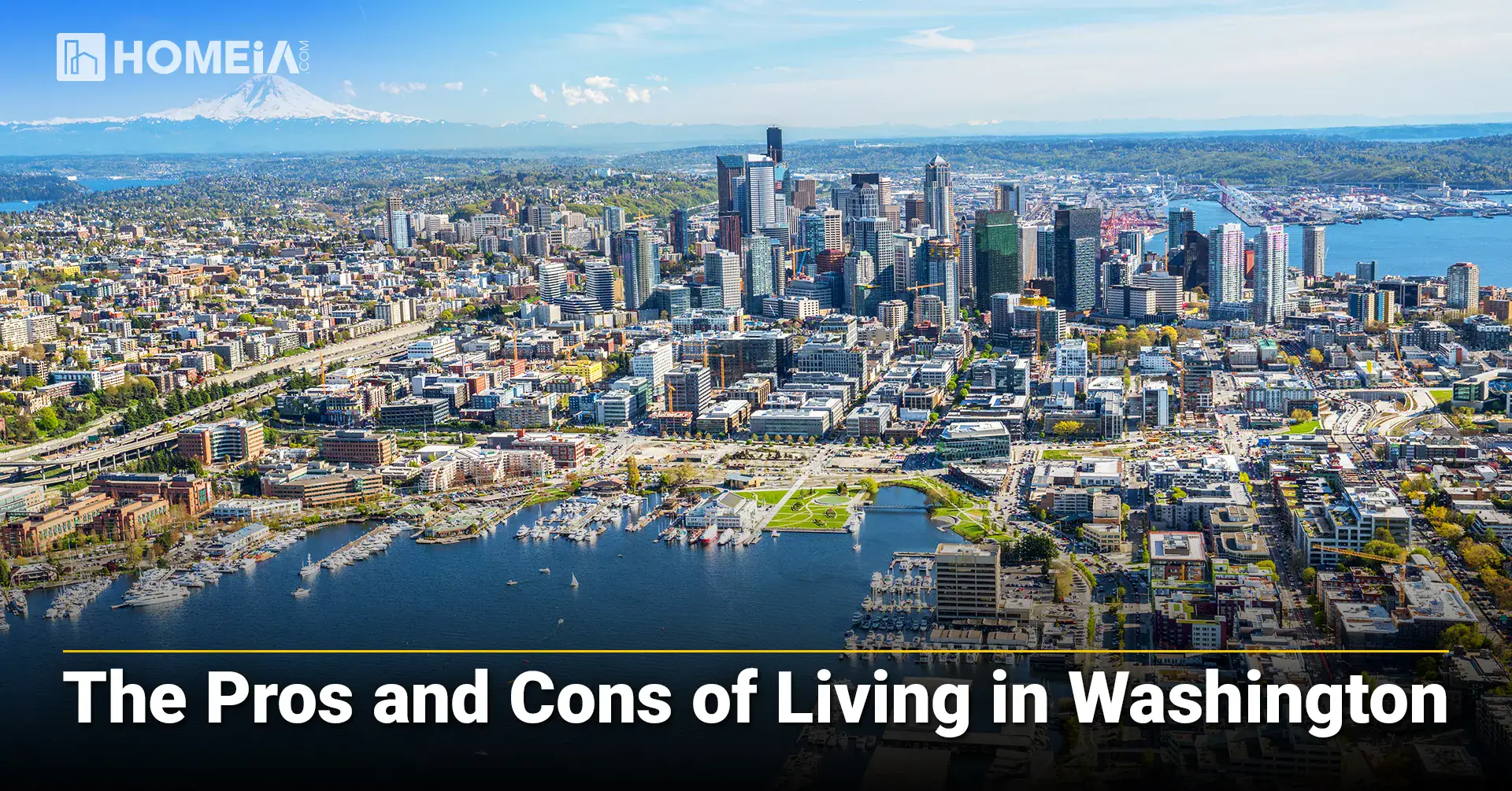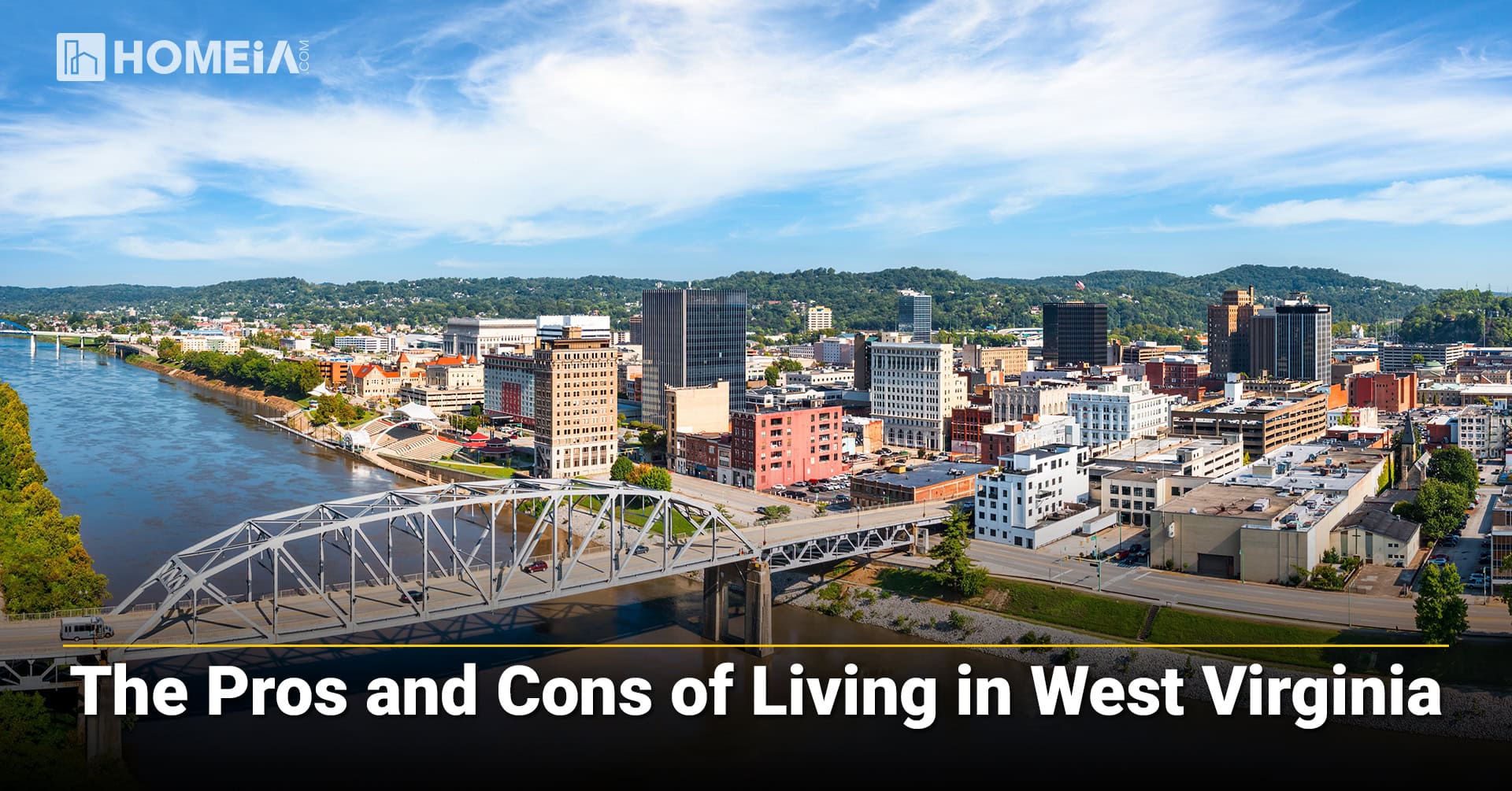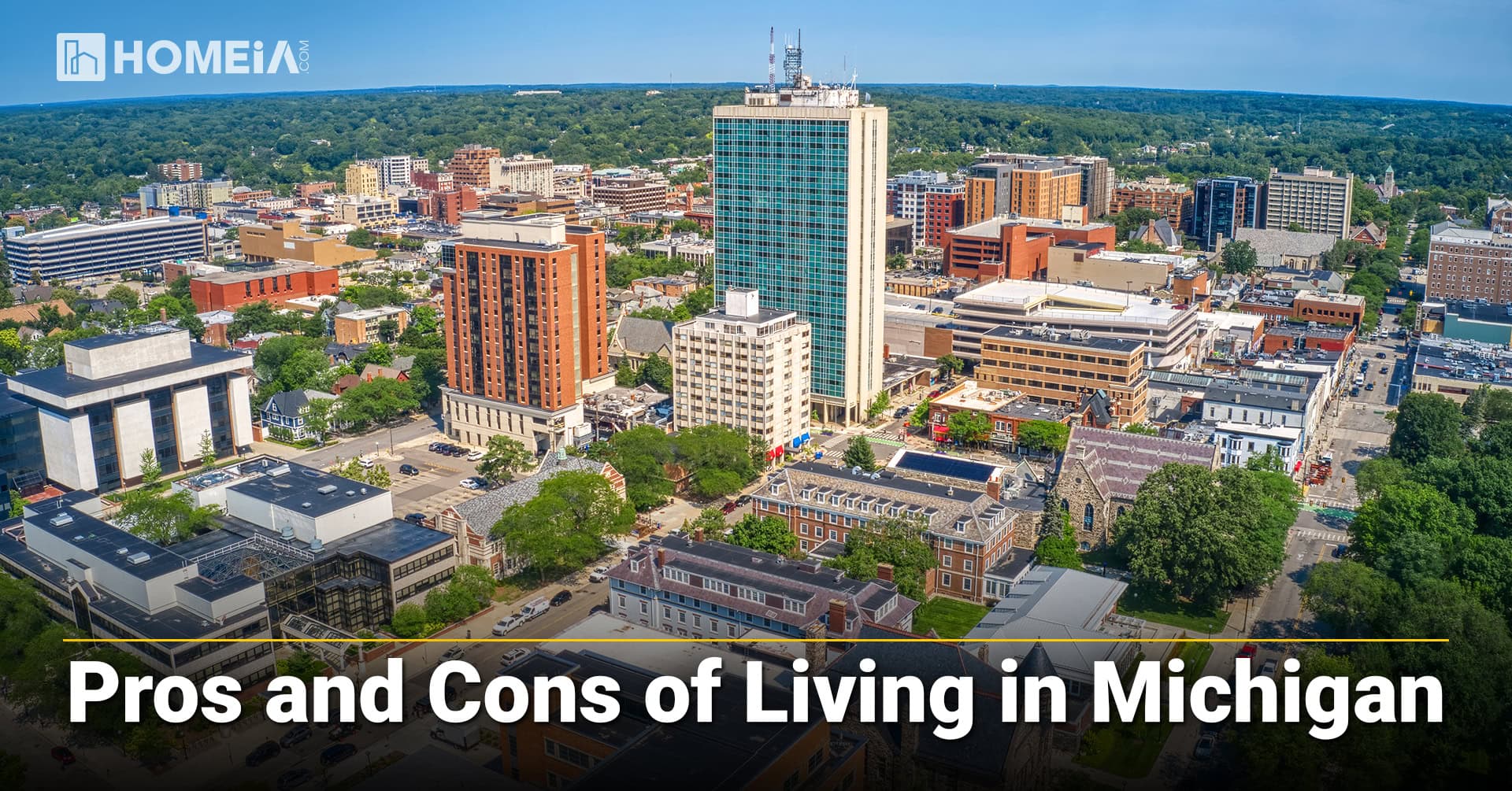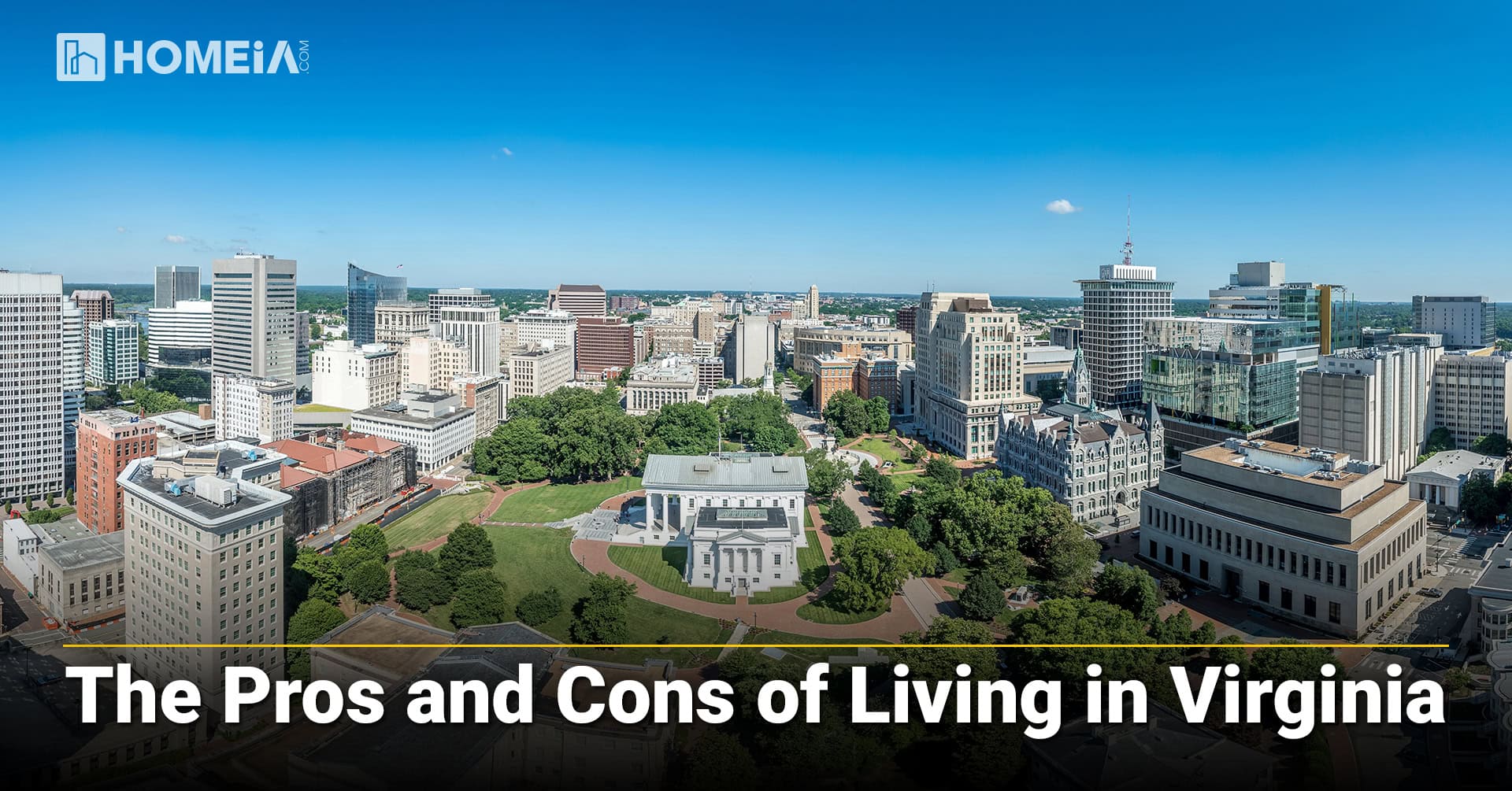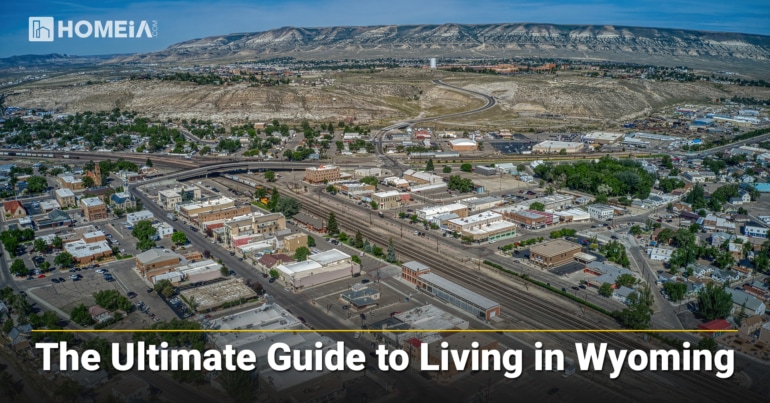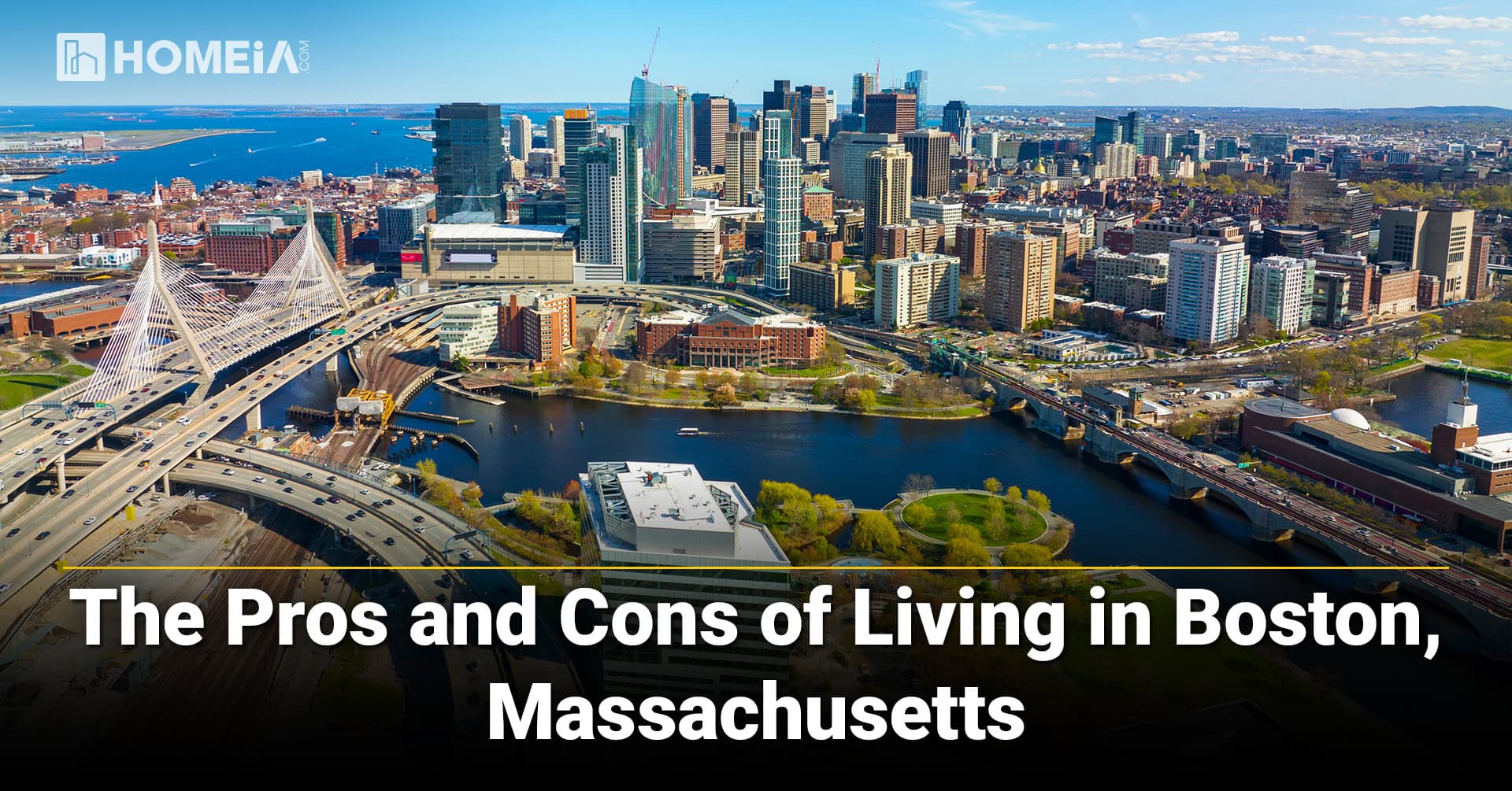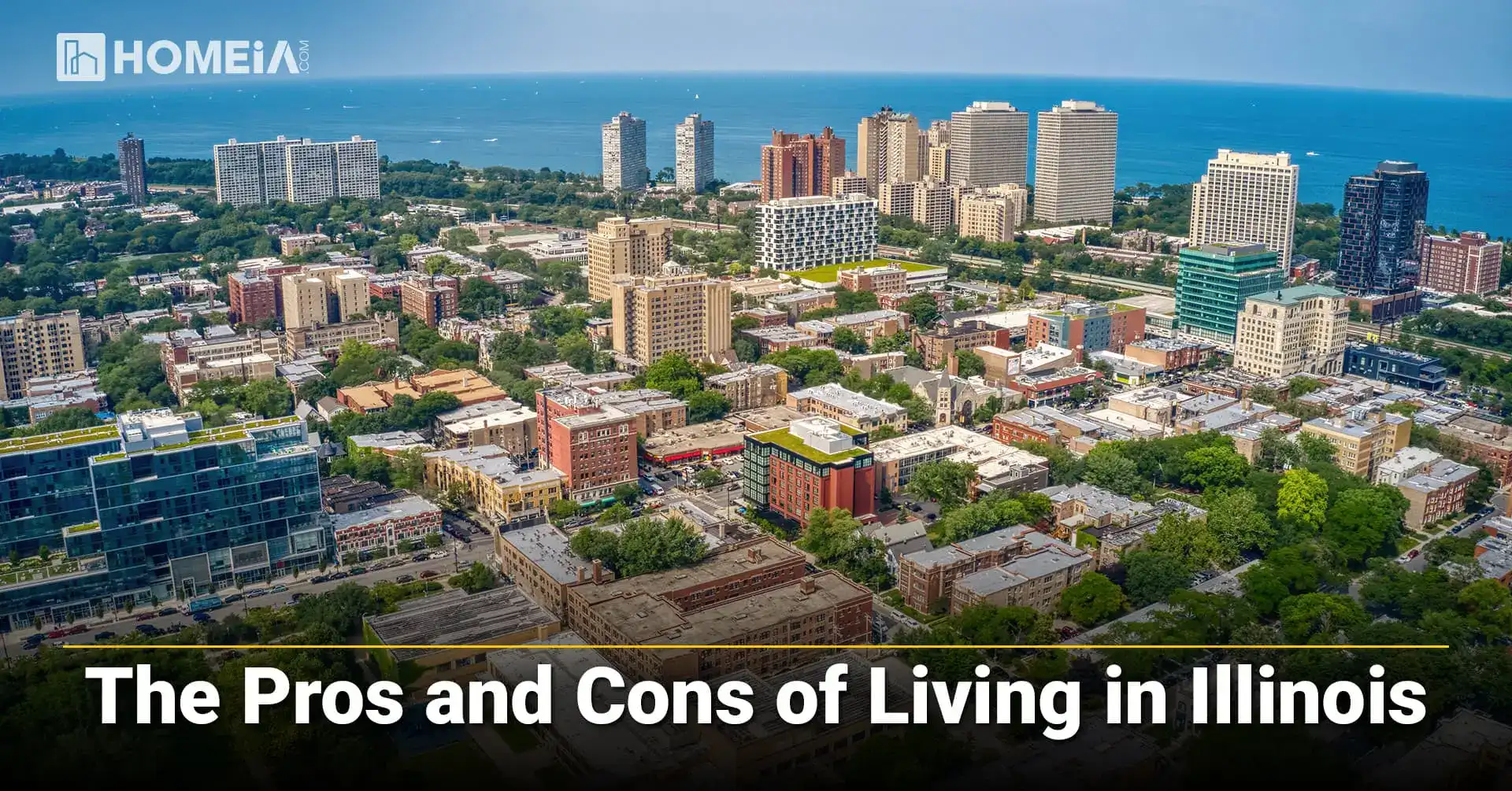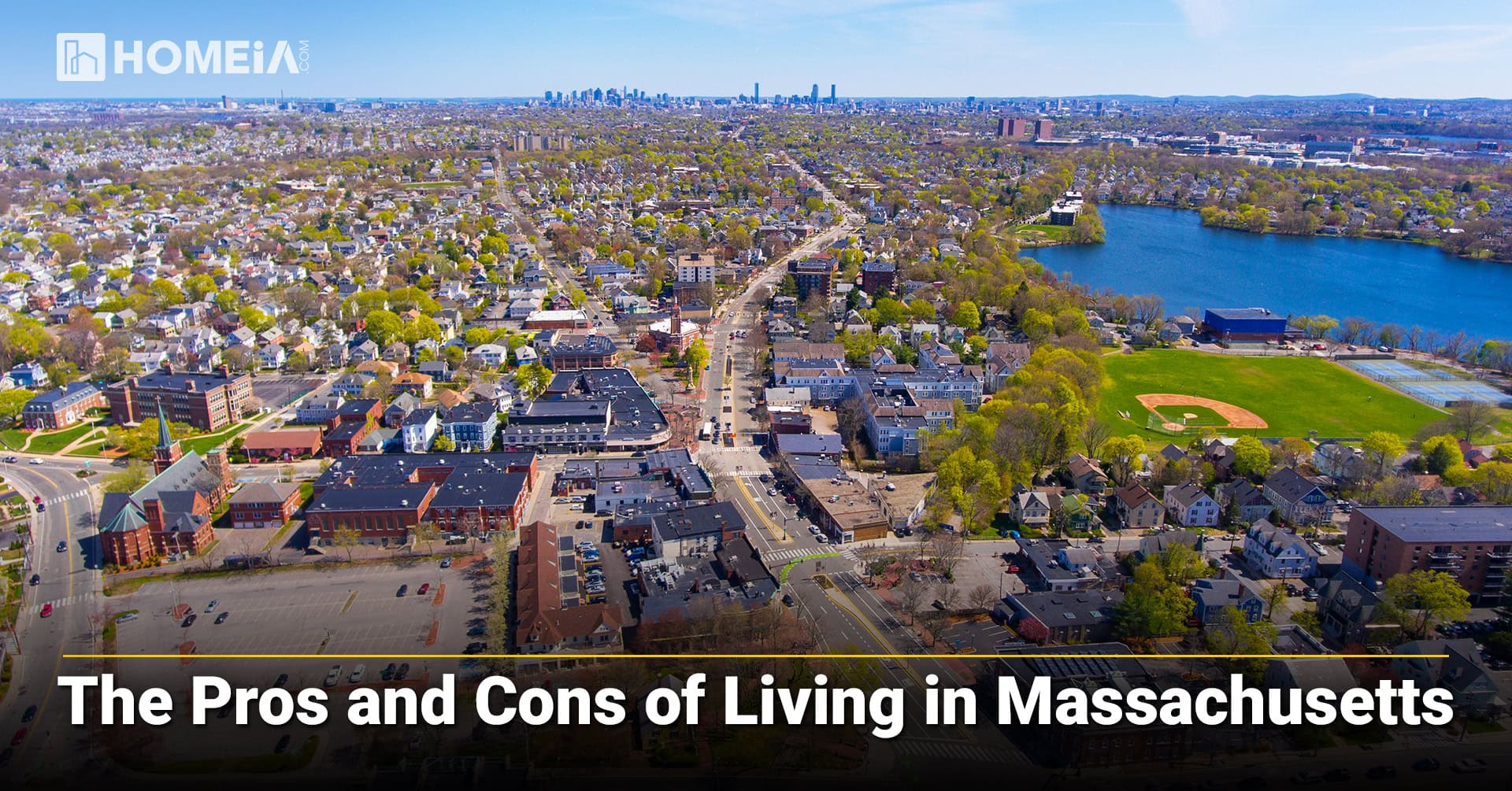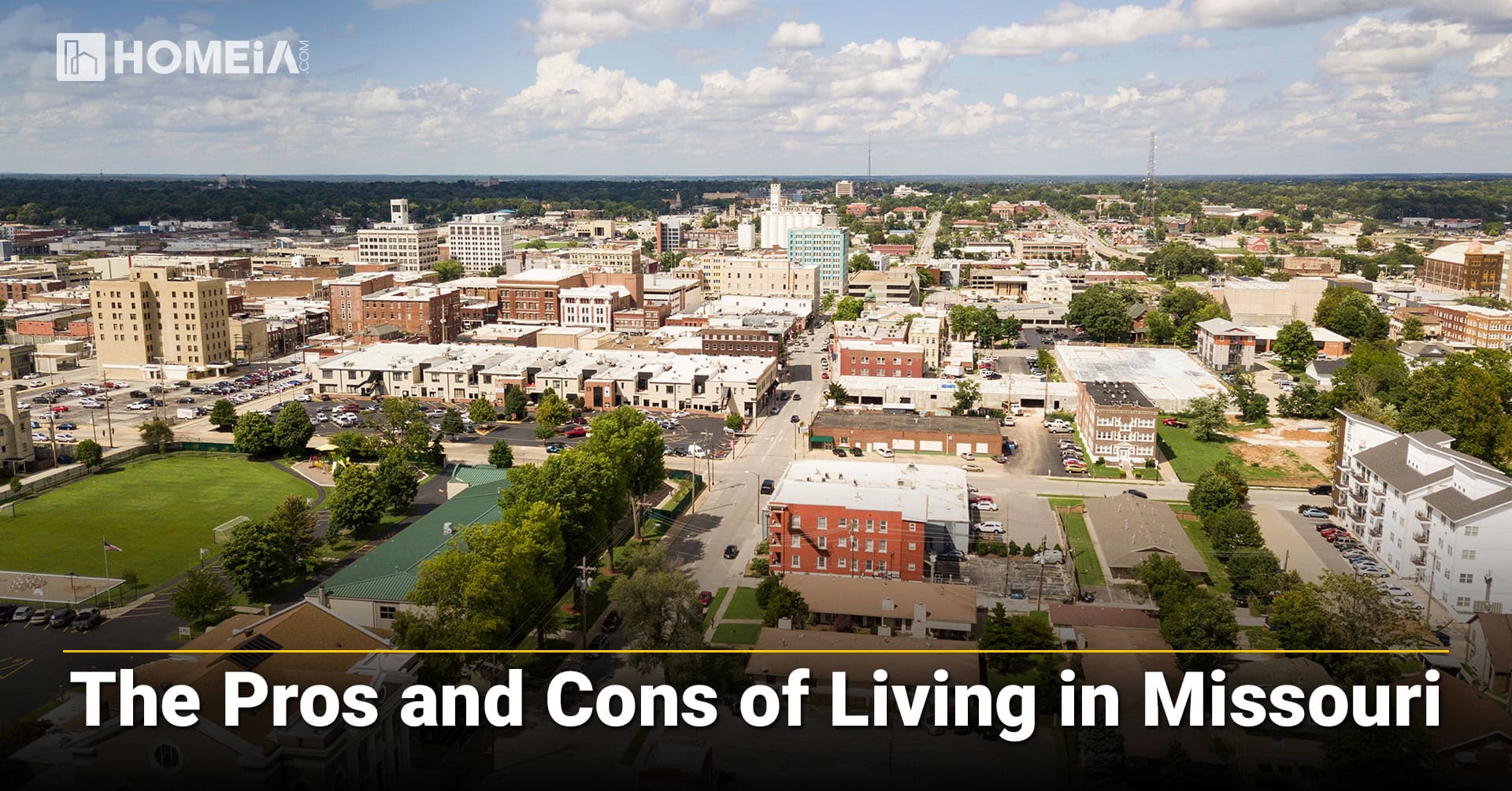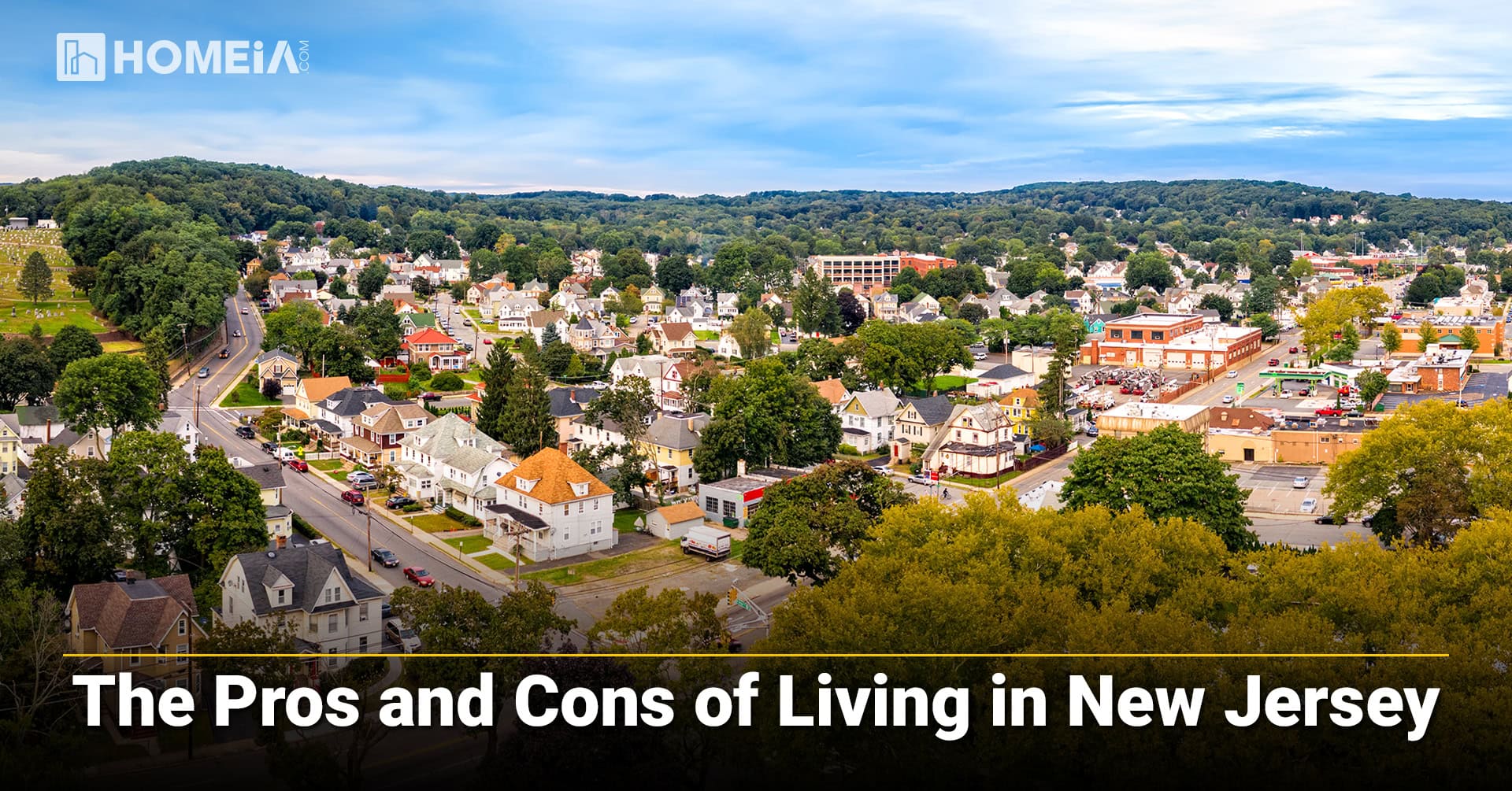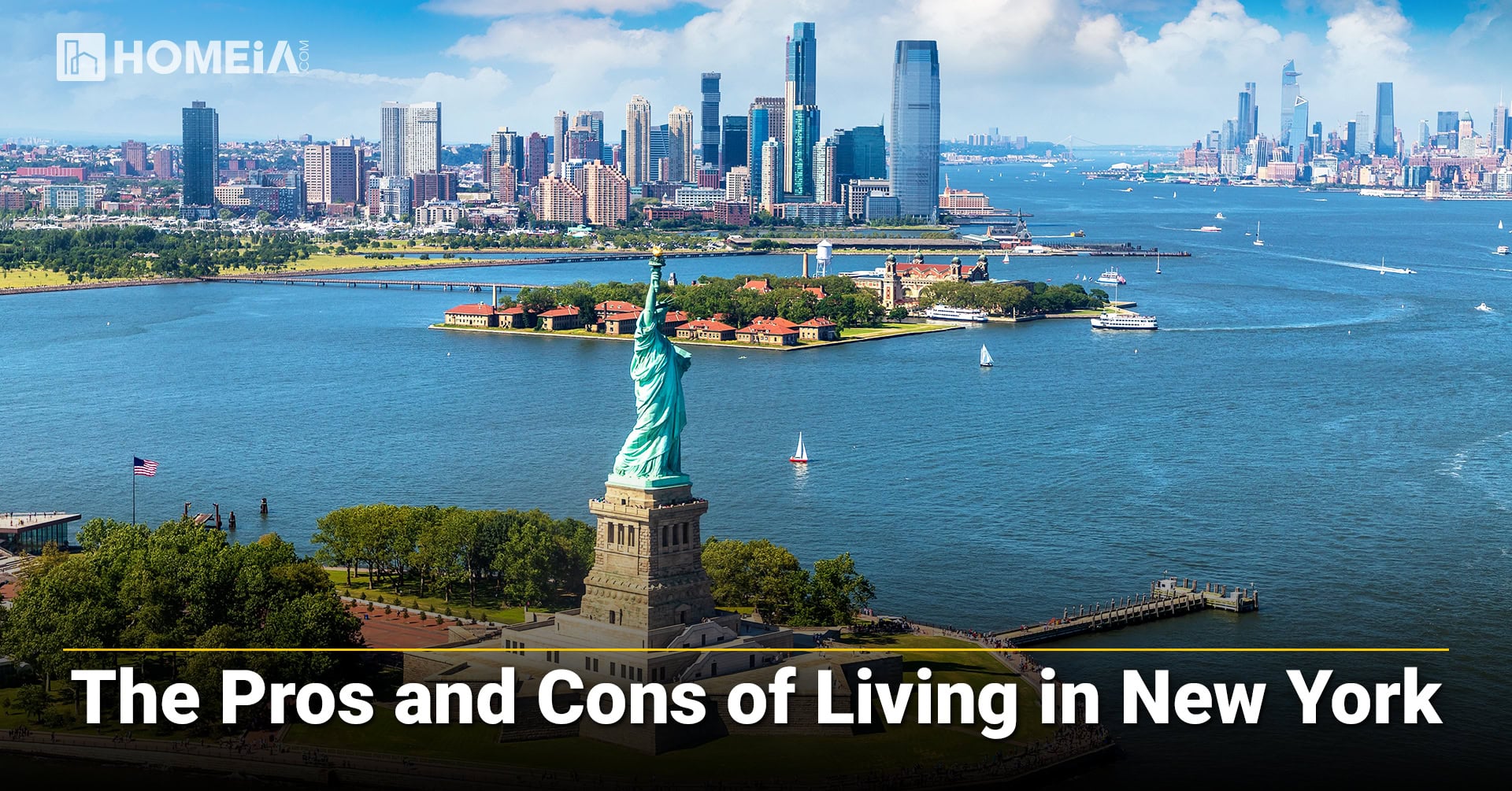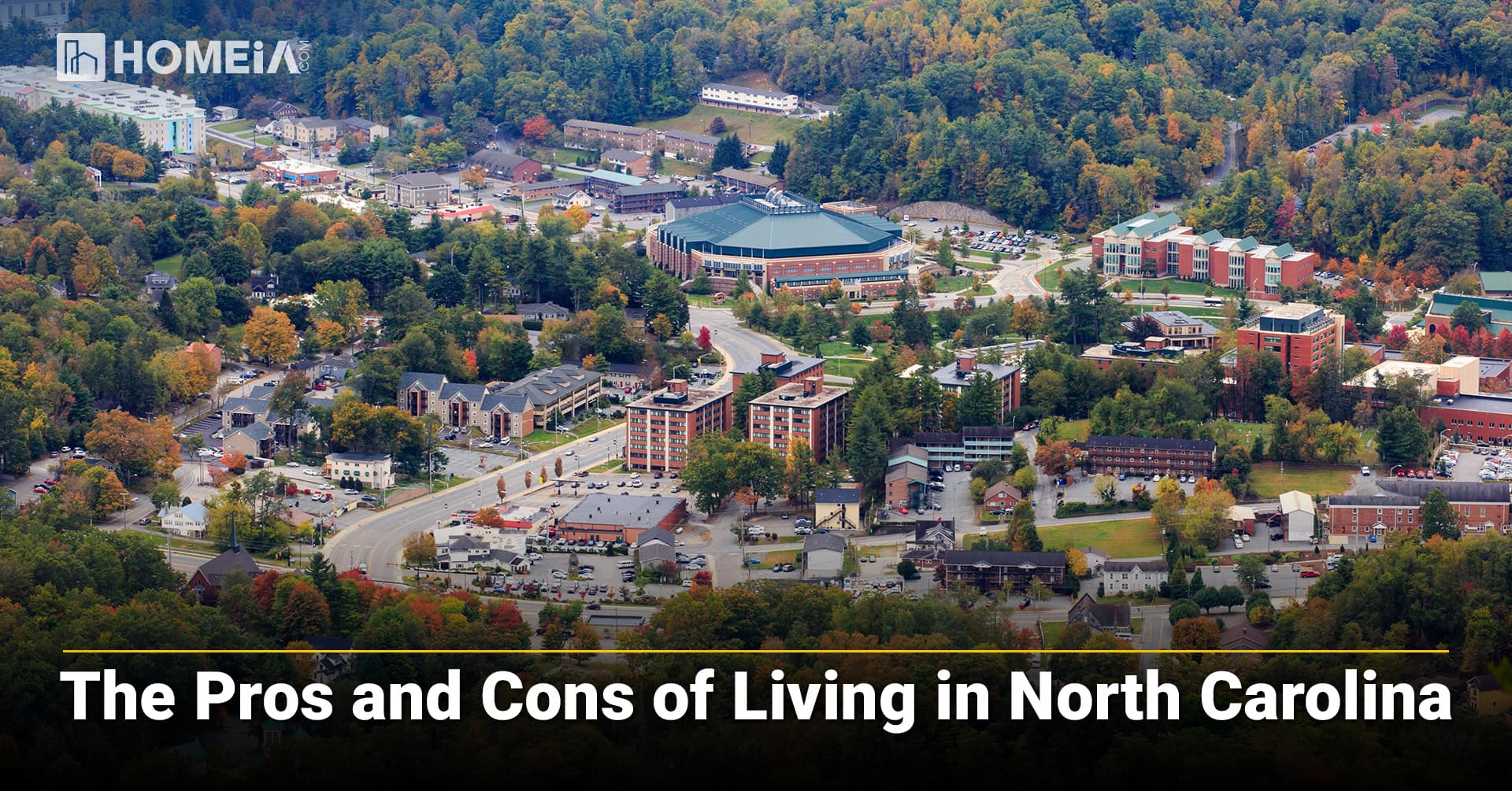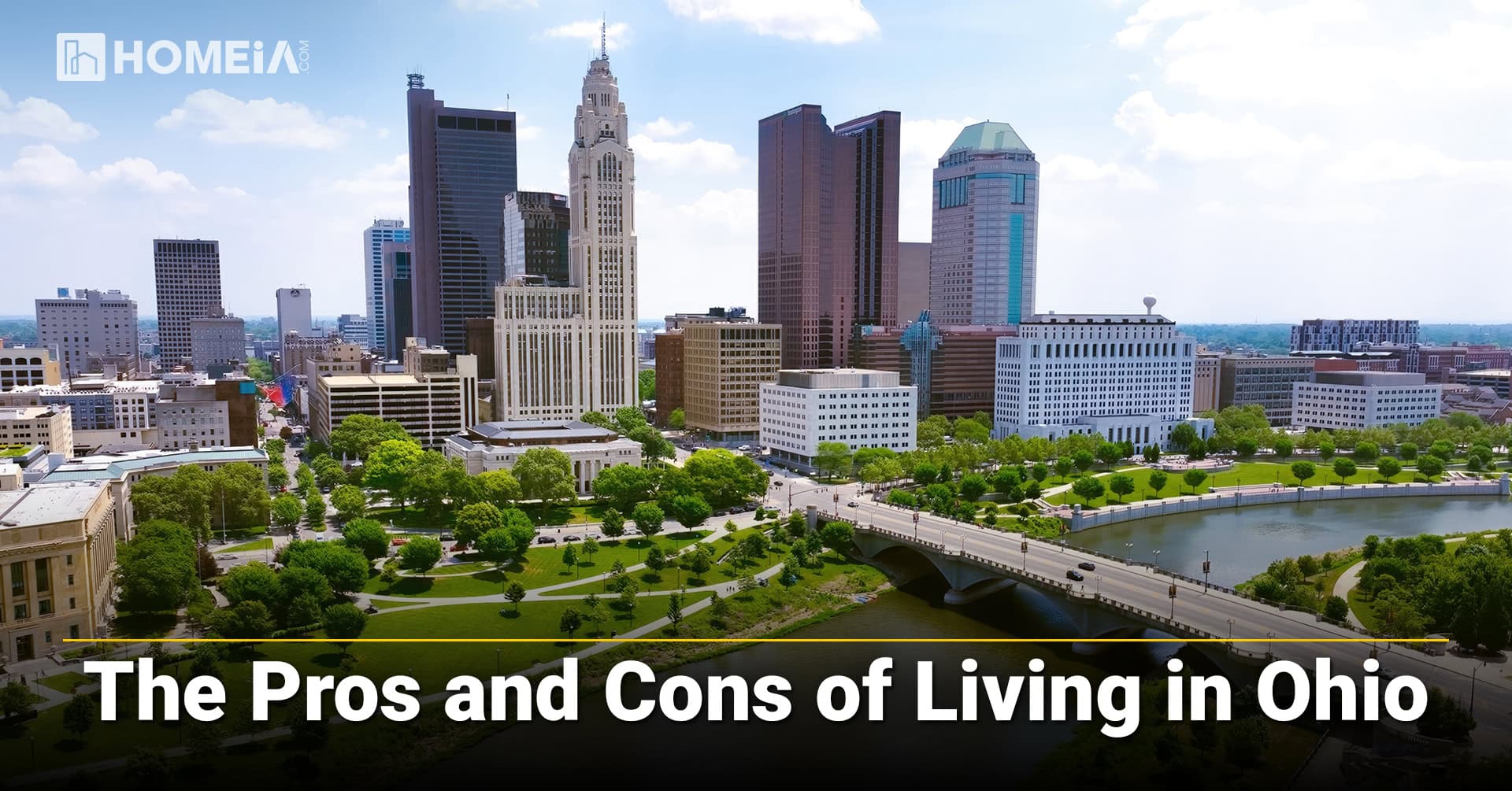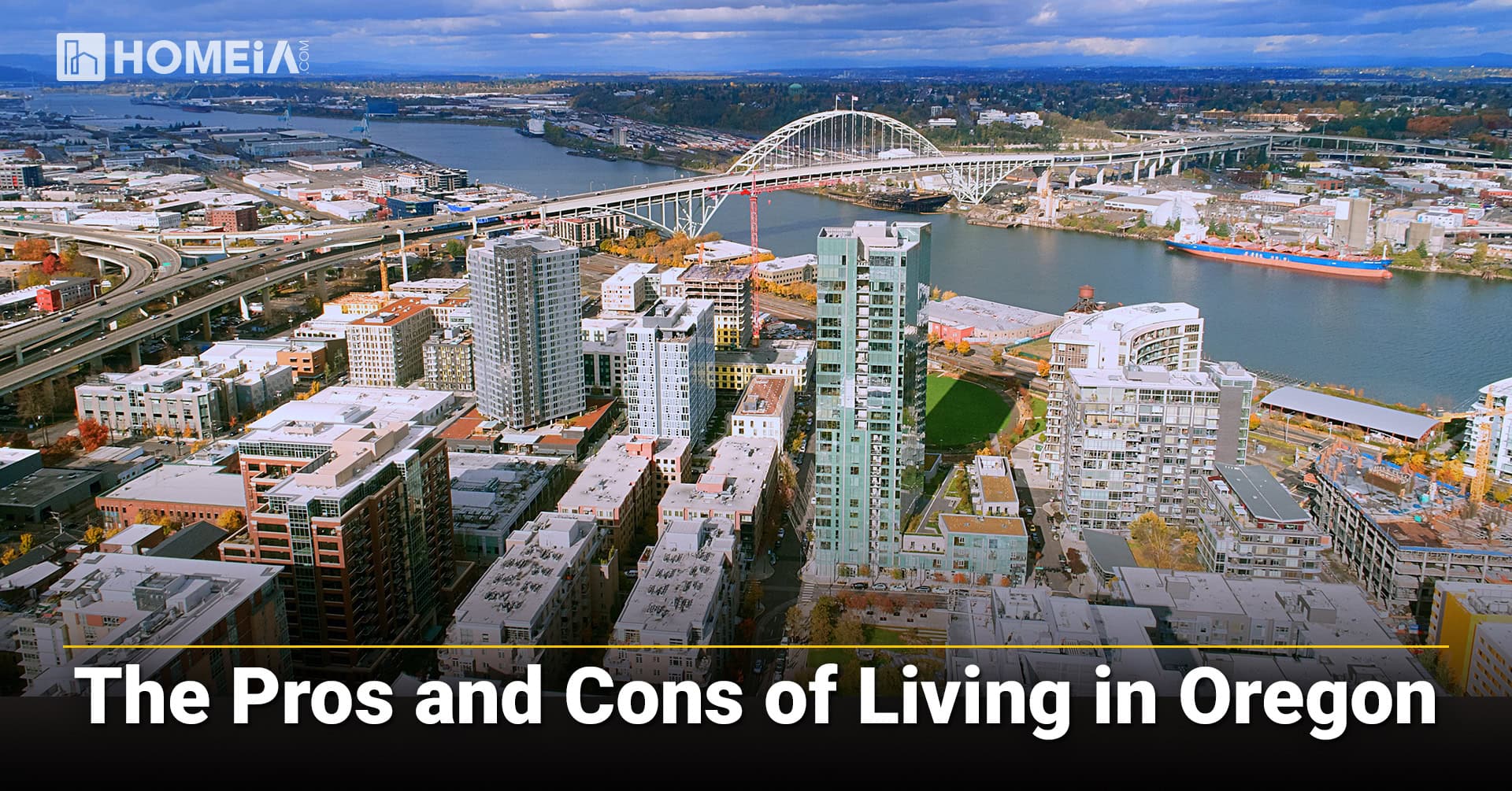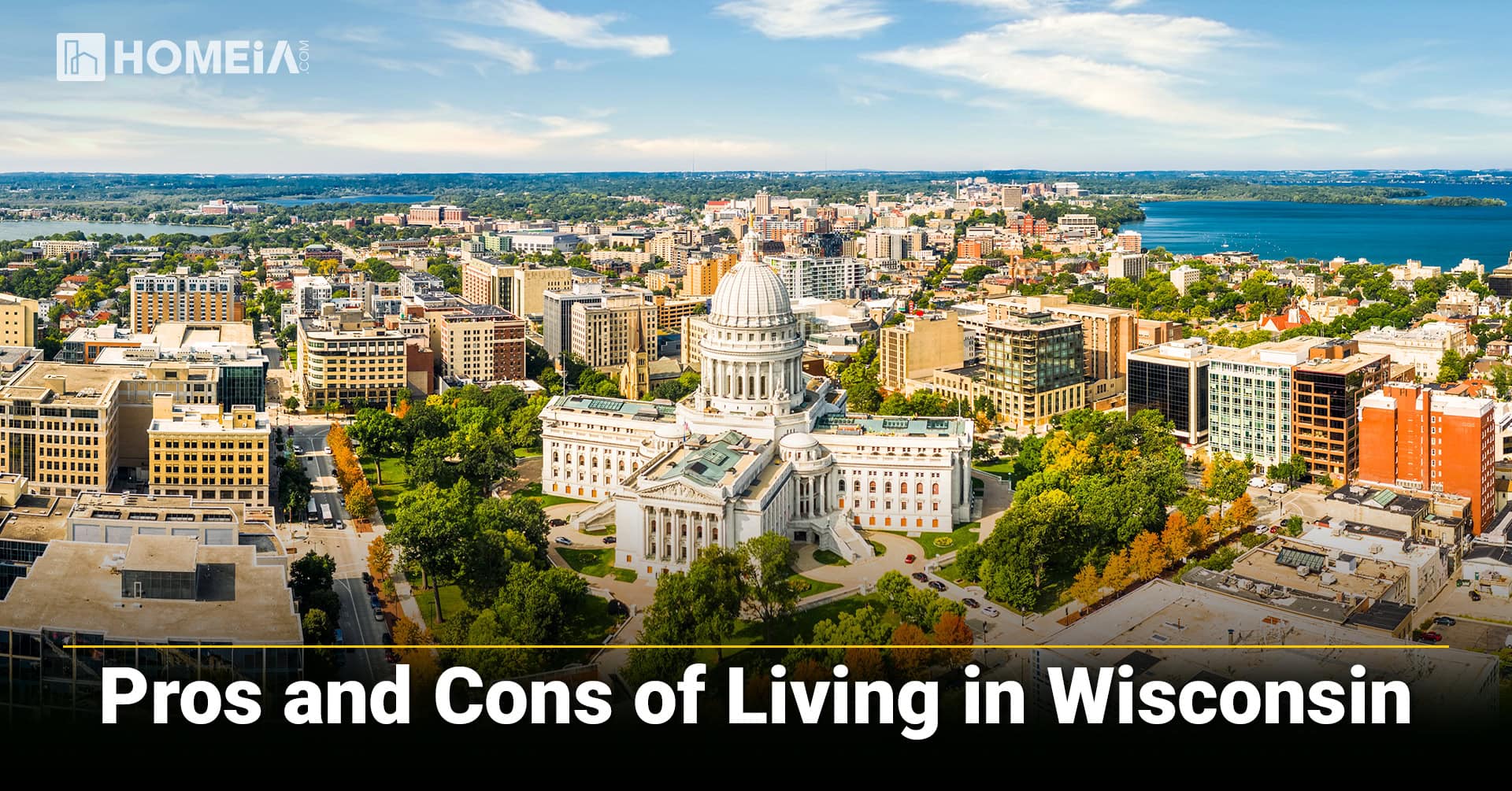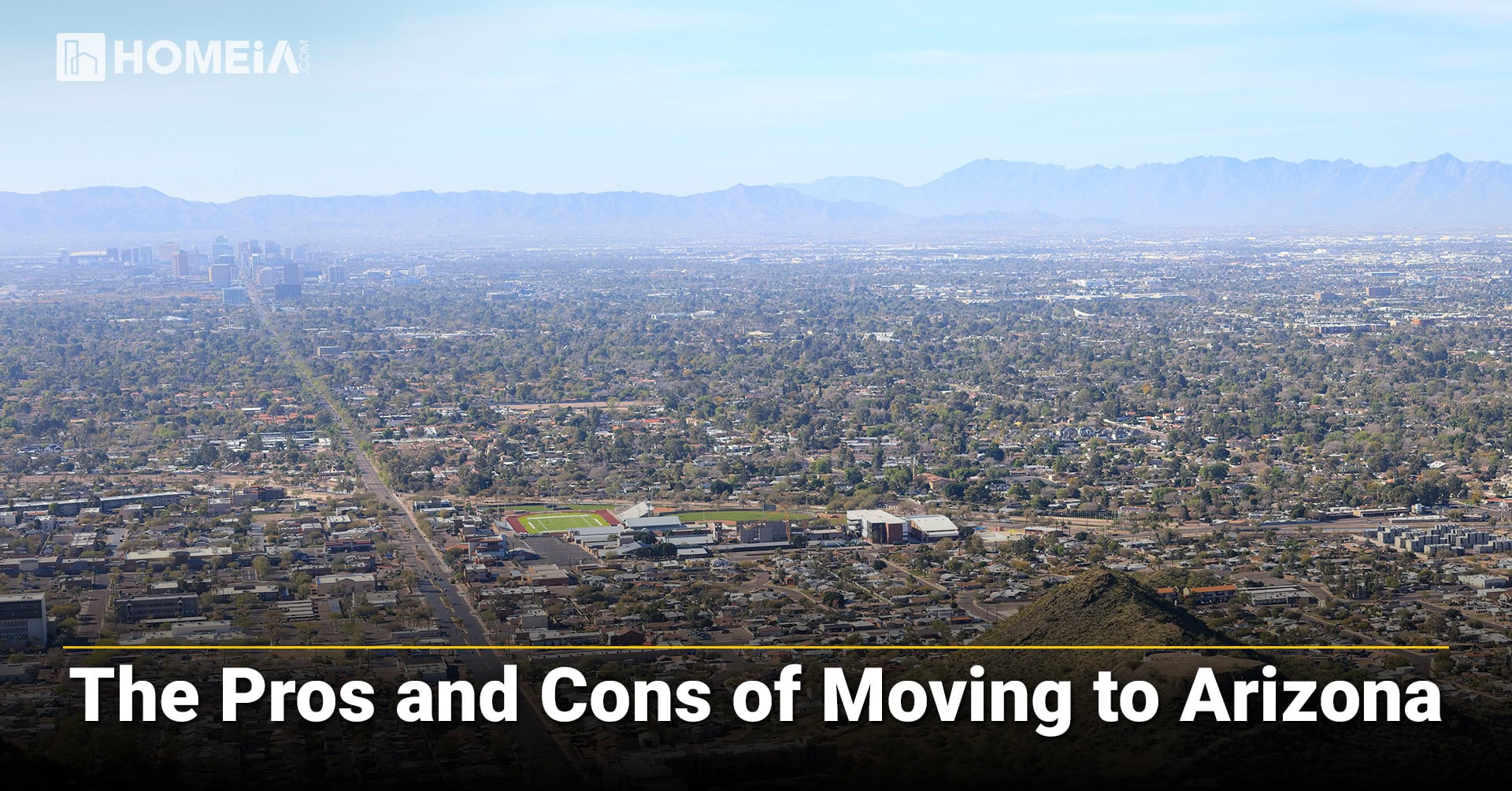Living In Montana
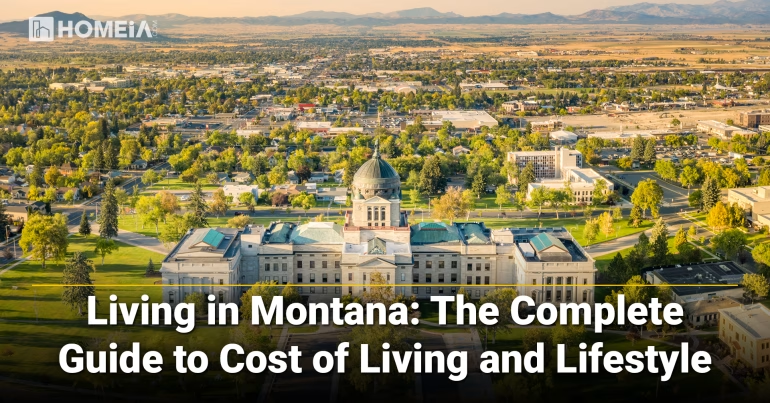
Table of Contents:
The Complete Guide to Cost of Living and Lifestyle
Living in Montana offers a unique value proposition with its stunning natural beauty, low population density, and unparalleled access to outdoor recreation. The Treasure State attracts everyone from outdoor enthusiasts and remote workers to families seeking a simpler, nature-focused life. However, sacrifices are made, including harsh winters and limited urban amenities. This comprehensive guide covers housing prices, taxes, daily expenses, and lifestyle factors to help you decide if the 406 is your next home.
Key Takeaways
- Affordable Housing: This housing market has seen significant growth but remains more accessible than neighboring Western states, with median home prices varying dramatically between resort towns and rural communities.
- Favorable Tax Structure: Montana offers a tax-friendly environment with no state sales tax and moderate income tax rates, though property taxes can be substantial in desirable areas.
- Seasonal Cost Variations: Living expenses fluctuate significantly between summer and winter, with heating costs and seasonal tourism impacting budgets throughout the year.
- Lifestyle Trade-Off: The benefits of natural beauty, outdoor access, and community spirit are balanced against geographic isolation, limited healthcare access in rural areas, and challenging winter conditions.
- Income Considerations: While the cost of living is reasonable, average incomes are below national averages, making remote work or specific industries essential for living comfortably.
I. Methodology: How We Analyzed the Cost of Living
Our Methodologies to create HOMEiA Score Ratings for Each Group of Content
HOMEiA uses a consistent, data-driven methodology to evaluate U.S. states for livability, affordability, and long-term value. Drawing on data from sources such as the Census Bureau, BLS, Zillow, the Tax Foundation, and FBI crime statistics, this approach supports rankings on cost of living, relocation planning, pros and cons, and best places to live.
II. Detailed Community Analysis: Seven Affordable Regions
1. Montana Housing Costs: Navigating a Dynamic Market
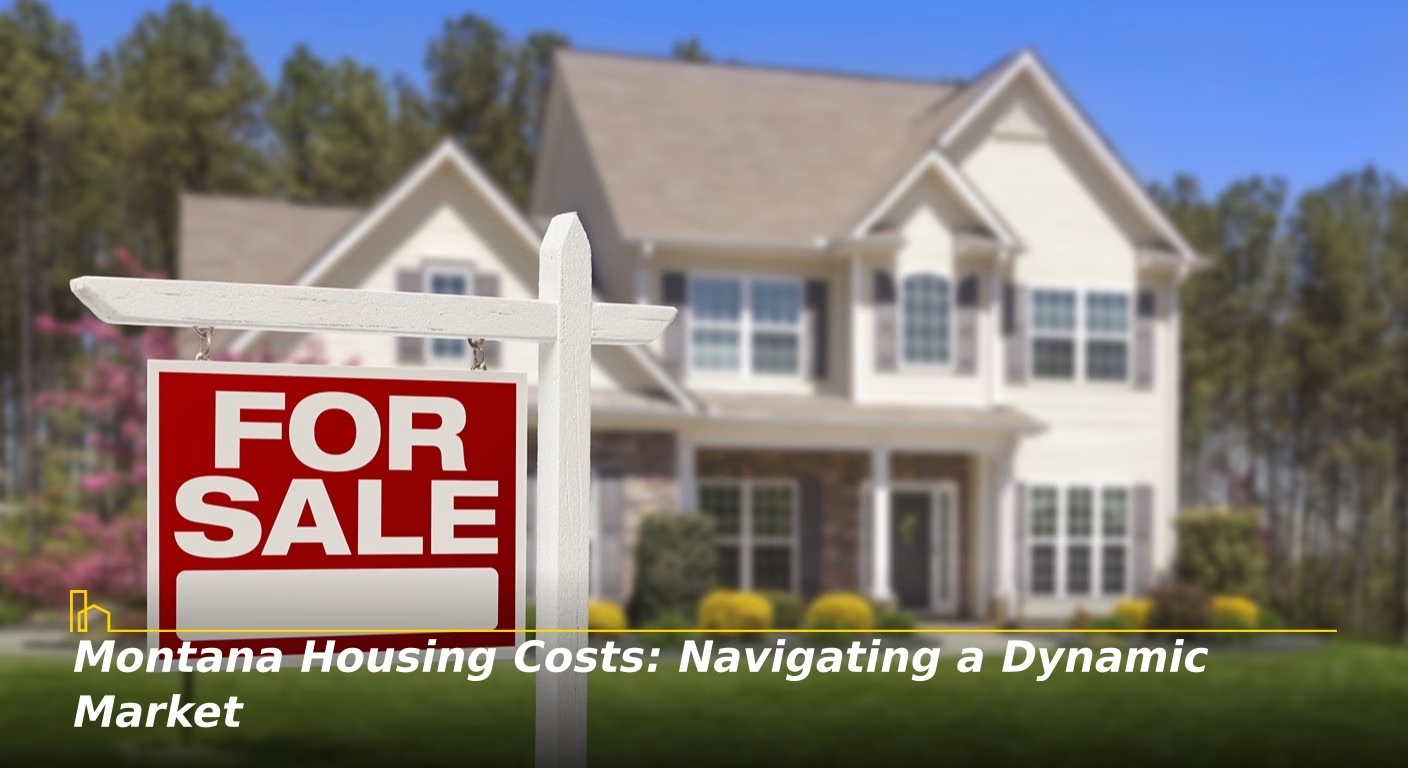
Montana’s housing market has experienced significant growth in recent years, with prices skyrocketing in popular areas while leveling out in rural communities. Here provides diverse housing options from mountain cabins to ranch properties.
A. Major Montana Cities Housing Costs
City | Median Home Price | Avg. Rent (2-Bedroom) | Home Price to Income Ratio | Income to Rent Ratio | Safety Rating |
|---|---|---|---|---|---|
| Butte | $275,000 | $900 – $1,100 | 3.9:1 | 46.2x | 69/100 |
| Great Falls | $315,000 | $1,000 – $1,300 | 4.2:1 | 44.8x | 76/100 |
| Billings | $362,400 | $1,292 | 4.8:1 | 43.1x | 72/100 |
| Helena | $450,000 | $1,300 – $1,600 | 5.2:1 | 42.3x | 81/100 |
| Missoula | $441,800 | $1,670 | 5.9:1 | 41.5x | 75/100 |
| Kalispell | $550,000 | $1,600 – $1,900 | 6.2:1 | 39.8x | 74/100 |
| Bozeman | $650,600 | $1,800 – $2,200 | 6.8:1 | 38.2x | 78/100 |
B. Montana Housing Strategies and Financial Options
Financing a home is straightforward, with widely accepted FHA, VA, and conventional loans. However, first-time homebuyers should pay special attention to energy efficiency. Older homes can be pricey to heat in the winter, while newer construction often includes better insulation. A thorough inspection is critical, especially for rural properties where well and septic system inspections are non-negotiable.
The Pros and Cons of Living in Montana
Montana is more than its majestic mountains and wild beauty—it’s a state where adventure and community thrive. However, challenges like long winters, job scarcity, and isolation exist. This guide explores Montana’s pros and cons, plus its best cities for professionals, families, and retirees seeking life in Big Sky Country.
2. Montana Tax Structure: A Mixed Picture

A. Montana State Taxes Overview
Montana’s tax structure is generally favorable, particularly for retirees and high-income earners. Having no sales tax provides significant savings on everyday purchases. However, their progressive income tax system (1% to 6.75%) and relatively high property taxes in desirable areas can be a burden on working residents.
B. Tax Comparison: Montana vs. Other States
Tax Type | Montana | Colorado | Idaho | Wyoming | National Avg. |
|---|---|---|---|---|---|
| State Income Tax | 1% – 6.75% | 4.40% Flat | 1.125% – 6.5% | 0% | ~5.1% |
| State Sales Tax | 0% | 2.90% | 6% | 4% | ~6.35% |
| Avg. Combined Sales Tax | 0% | ~7.78% | ~6.02% | ~5.22% | ~7.12% |
| Avg. Property Tax | 0.83% | 0.55% | 0.69% | 0.61% | 1.07% |
| Social Security Taxed? | Yes | Yes | No | No | N/A |
3. Daily Living Expenses in Montana
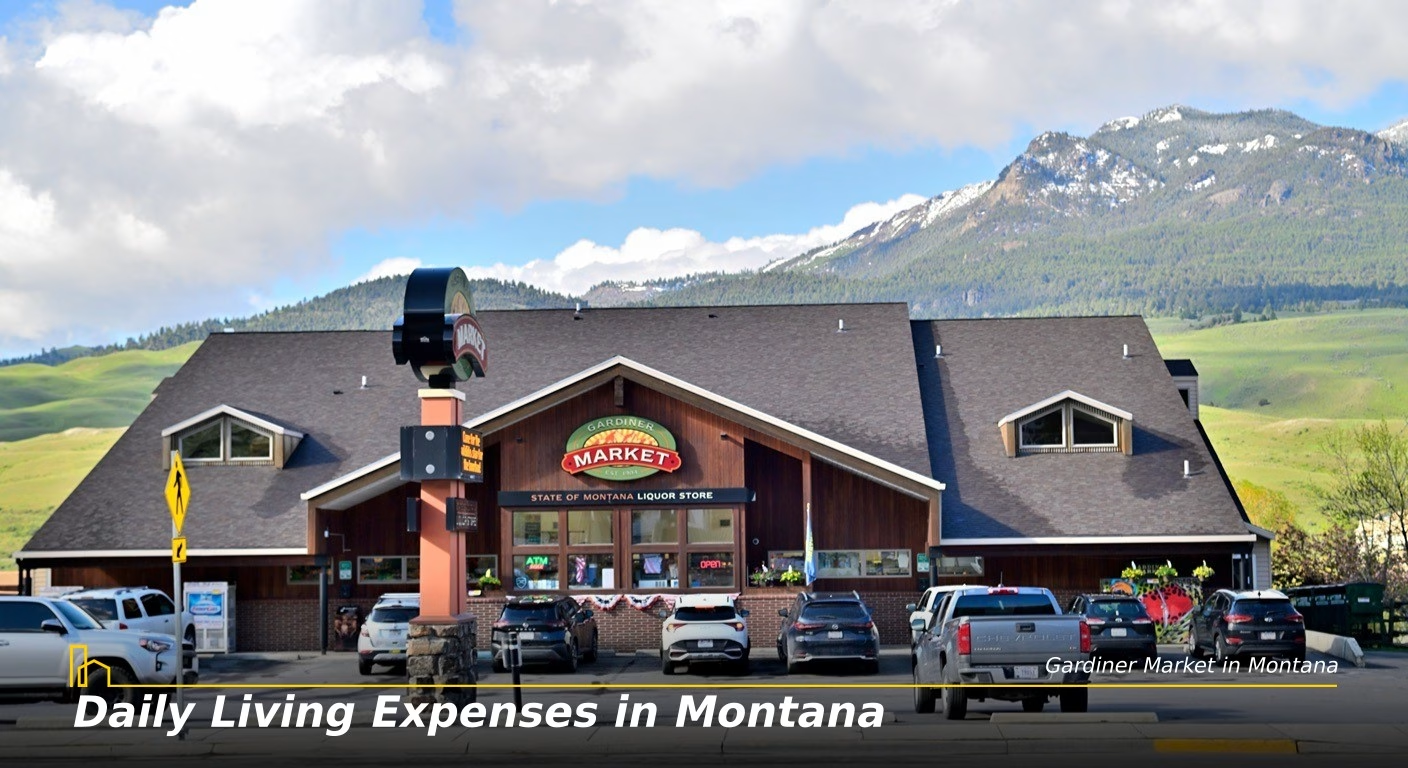
Overall cost of living is roughly equal to the national average, not 5% below as previously stated, with housing notably higher and transportation lower than the U.S. average.
A. Monthly Living Costs Breakdown
Expense Category | Montana Cost | National Comparison |
|---|---|---|
| Groceries (per person) | $413/month | Near national average |
| Utilities (Monthly Avg.) | $302/month | 10% below national average |
| Gasoline | ~$3.50/gallon | Near national average |
| Healthcare (individual) | $450-$550/month | Near national average |
| Internet | $80-$110/month | Near national average |
B. Cost-Saving Strategies for Montana Living
Smart Montanans mitigate high costs by:
Shopping Sales & Buying in Bulk: Costco and local grocery chains are staples. Stocking up during sales is essential, especially for winter provisions.
Energy Efficiency: Investing in wood stoves, efficient heating systems, and ensuring homes are well-insulated for harsh winters.
Growing & Preserving: Locals maintain gardens and preserve food for winter months.
Utilizing the Outdoors: Low-cost recreation like hiking, fishing, and hunting replaces expensive entertainment.
Recommended for you
4. Family Life in Montana: Education and Community
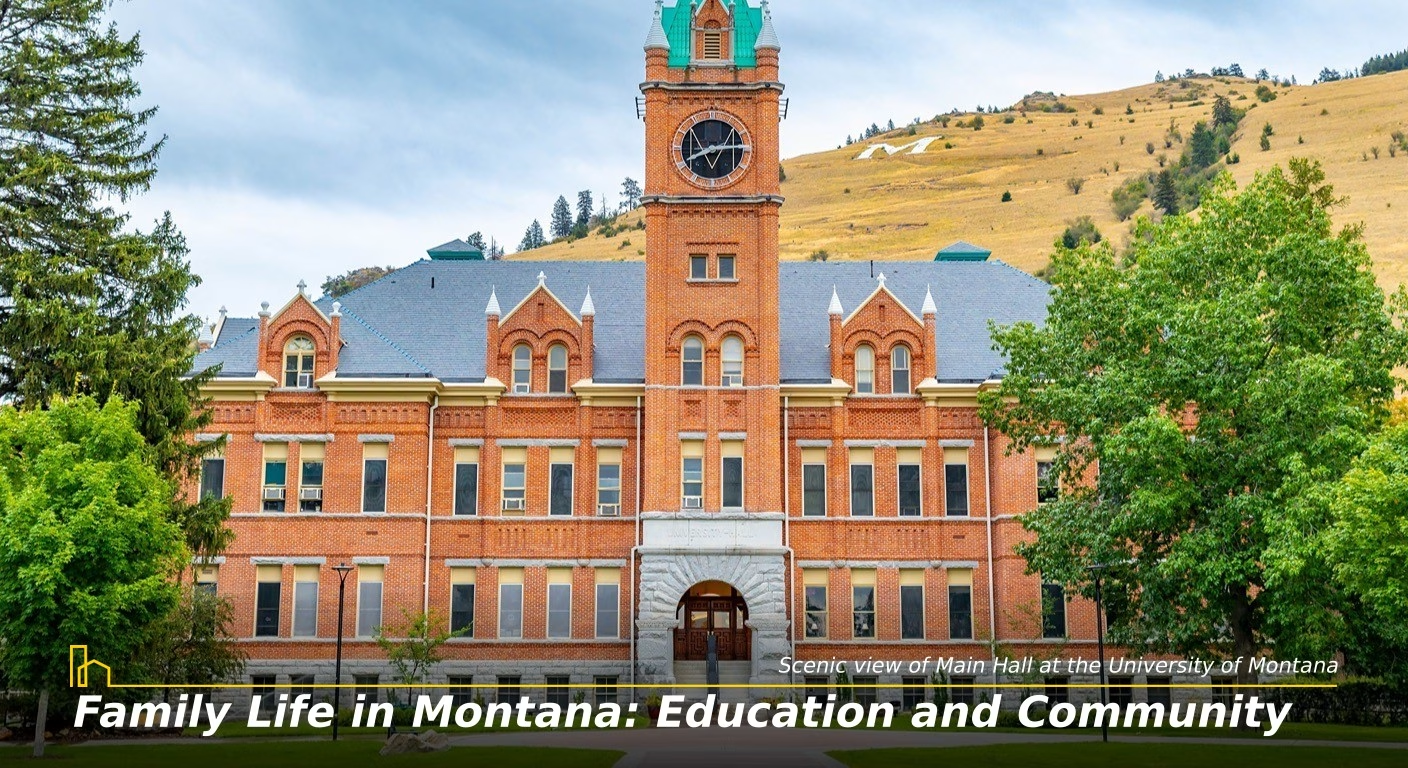
MT offers a unique family life with rooted community bonds and unbeatable outdoor opportunities, though educational quality varies by location.
A. Education in Montana
Quality of education differs significantly across the state. Districts in Bozeman, Missoula, and Helena are highly rated and competitive. However, rural districts face challenges with funding and resources. The state offers a robust network of community colleges and the MSU system.
B. Childcare and Family Costs
Family Expense | Montana Cost | Available Support |
|---|---|---|
| Childcare (Monthly) | $800-$1,200/month | Limited state assistance programs |
| Youth Sports | $150-$400/season | Community leagues are popular |
| 4-H & Outdoor Programs | Varies | Very accessible and a big part of rural culture |
5. Montana Transportation: A Car-Dependent State

Transportation is a necessary budget line item, with treks between communities and limited public transit options.
A. Vehicle-Related Expenses
Transportation Cost | Montana Average | National Comparison |
|---|---|---|
| Auto Insurance | $1,400-$1,800/year | Slightly above average |
| Gas Prices | ~$3.50/gallon | Near national average |
| Vehicle Registration | $100-$200/year | Based on vehicle age and value |
| Annual Mileage | ~15,000 miles | Above average due to large distances |
B. Public Transit and Air Travel
Major Cities: Billings, Missoula, and Bozeman have limited public transit systems.
Rural Areas: Offer no public transit options.
Air Travel: Essential for travel outside the state. Major airports include Billings Logan International (BIL), Bozeman Yellowstone International (BZN), and Missoula Montana Airport (MSO).
Moving to Montana: The Complete Relocation Guide & Checklist
Bordered by Canada and five U.S. states, Montana offers vast wilderness, outdoor adventure, and a strong sense of community. Home to over a million residents, it combines scenic beauty with affordability, no sales tax, and independent spirit. This guide provides key insights for relocating to the breathtaking Treasure State.
6. Montana Job Market and Income Potential
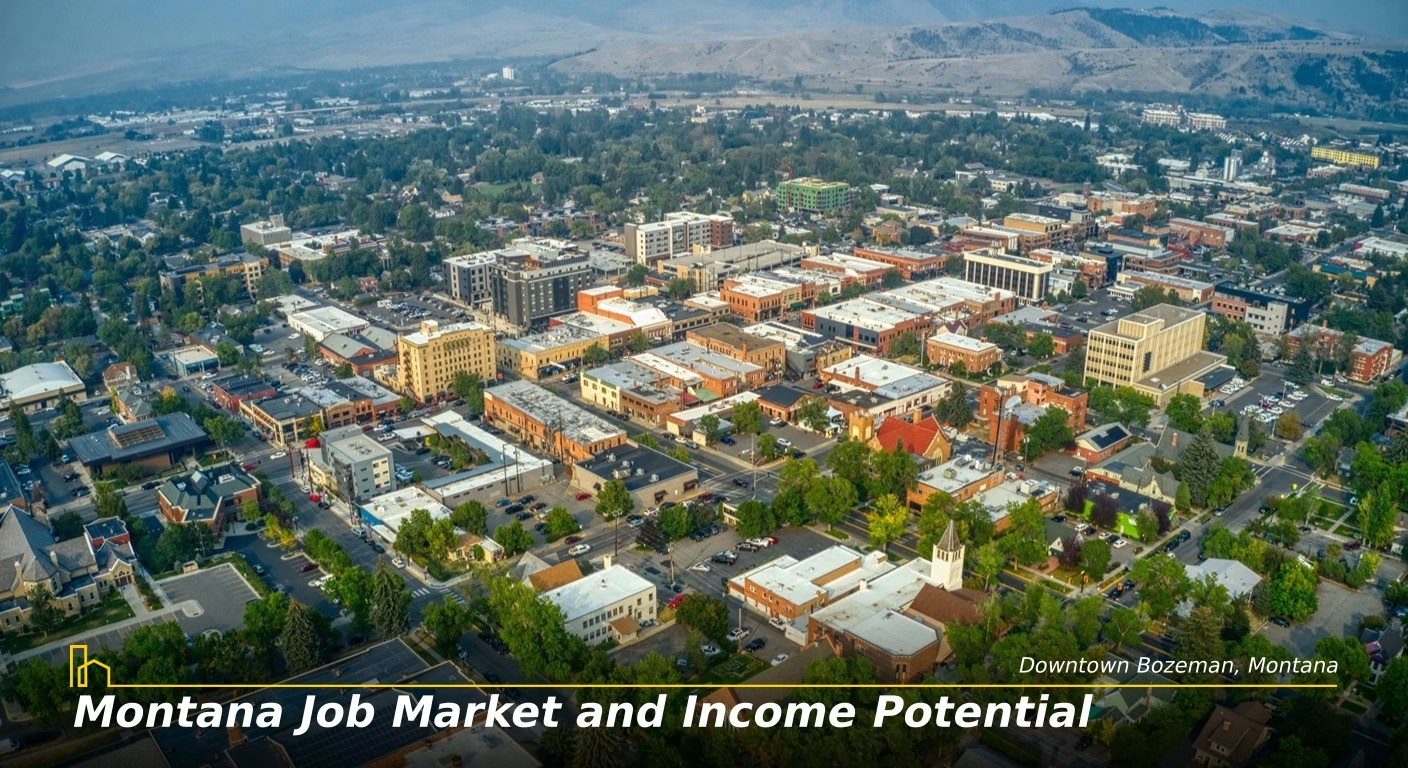
Montana’s economy is specialized, with incomes reflecting the state’s unique economic mix.
A. Income Statistics and Employment
Income Metric | Montana | National Average |
|---|---|---|
| Minimum Wage | $10.30/hour | $7.25/hour |
| Median Household Income | $63,000 | ~$75,000 |
| Unemployment Rate | ~3.5% | ~3.9% |
B. Major Montana Employers and Industries
Industry | Key Companies/Employers | Typical Salary Range |
|---|---|---|
| Healthcare | Billings Clinic, Providence, Benefis | $50,000 – $120,000/year |
| Education | MSU, UM, Public Schools | $40,000 – $80,000/year |
| Tourism & Hospitality | Yellowstone Club, Big Sky Resort | $25,000 – $60,000/year |
| Agriculture | Cattle ranches, wheat farms | $35,000 – $80,000/year |
| Government | State of MT, Federal agencies | $45,000 – $90,000/year |
7. Cost of Living Comparison: Montana vs. Other States
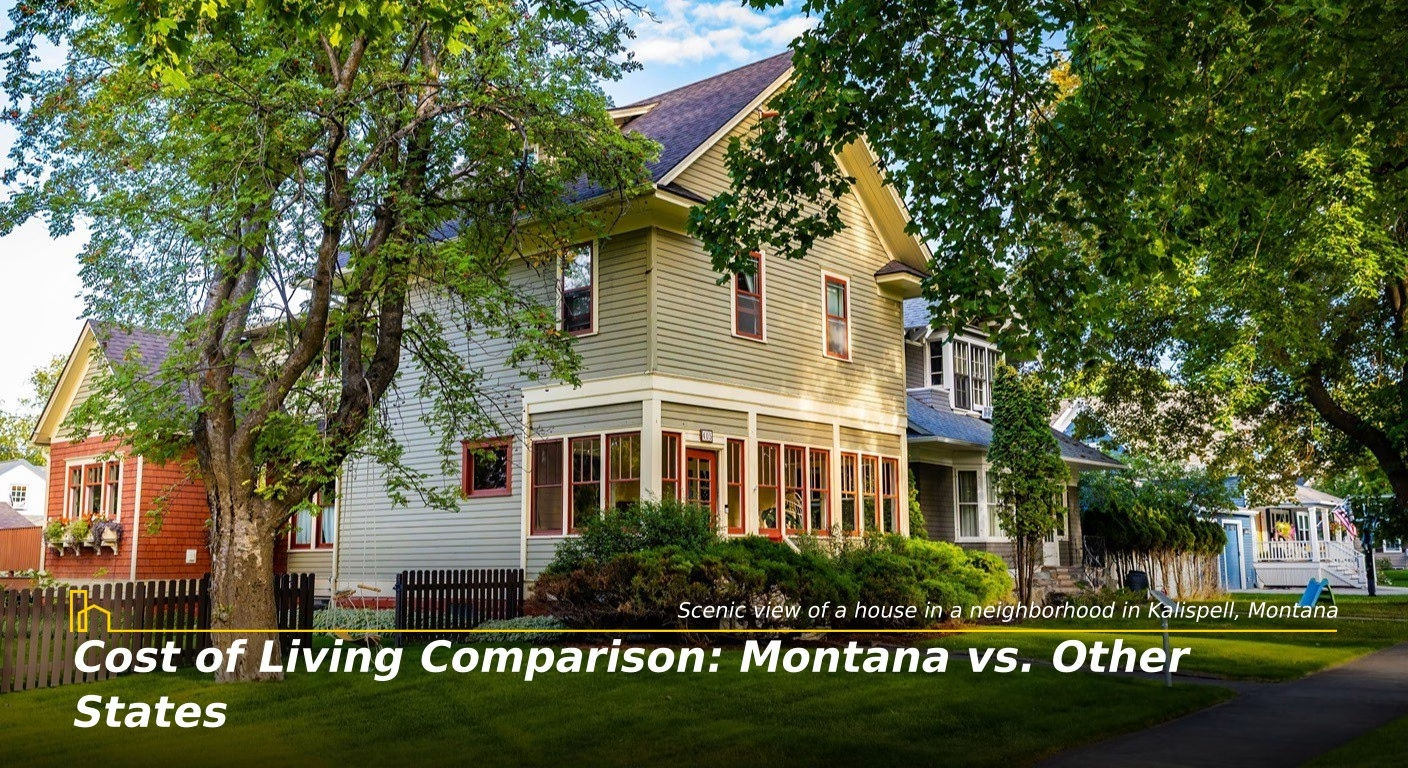
Expense Category | Montana | Colorado | Idaho | Wyoming |
|---|---|---|---|---|
| Median Home Price | $450,000 | $555,000 | $485,000 | $375,000 |
| Rent (2-Bedroom) | $1,429 | $1,700 | $1,400 | $1,200 |
| Gas Price/Gallon | $3.50 | $3.50 | $3.60 | $3.40 |
| Utilities (Monthly) | $302 | $190 | $220 | $240 |
8. Montana Lifestyle: The Ultimate Trade-Off
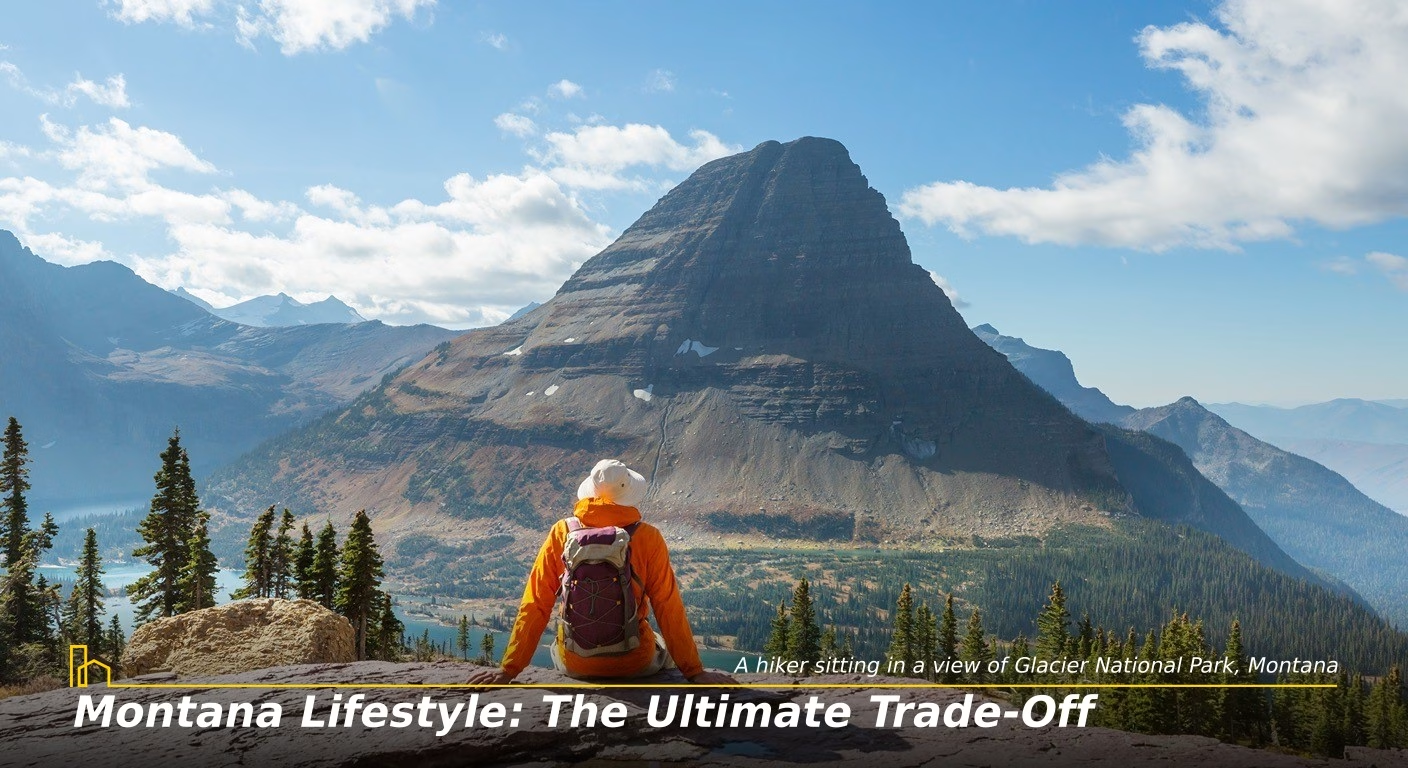
Authentic Montanan lifestyle meshes natural beauty with practical challenges: no sales tax, endless outdoor recreation, and strong community values. Benefits are put to the test against harsh winters, geographic isolation, and limited urban amenities outside major hubs.
A. Lifestyle Advantages of Montana Living
Being able to access world-class fishing, hiking, and skiing from your doorstep while enjoying a slower pace of life is unparalleled. A sense of community and connection to nature provides a quality of life that is difficult to quantify but deeply felt by residents.
B. Montana Living Challenges
Harsh winters with temperatures dropping below zero, limited healthcare access in rural areas, and the “big sky tax” (premium prices for goods and services due to transportation costs) are significant considerations.
7 Most Affordable Places to Live in Montana
Montana combines stunning scenery with surprising affordability, featuring low housing costs and no state sales tax. This guide highlights seven of the most budget-friendly Montana communities for 2025, analyzing housing, utilities, and transportation to help you find financial stability without losing Big Sky Country’s authentic outdoor charm.
9. Best Places to Live in Montana for Different Needs
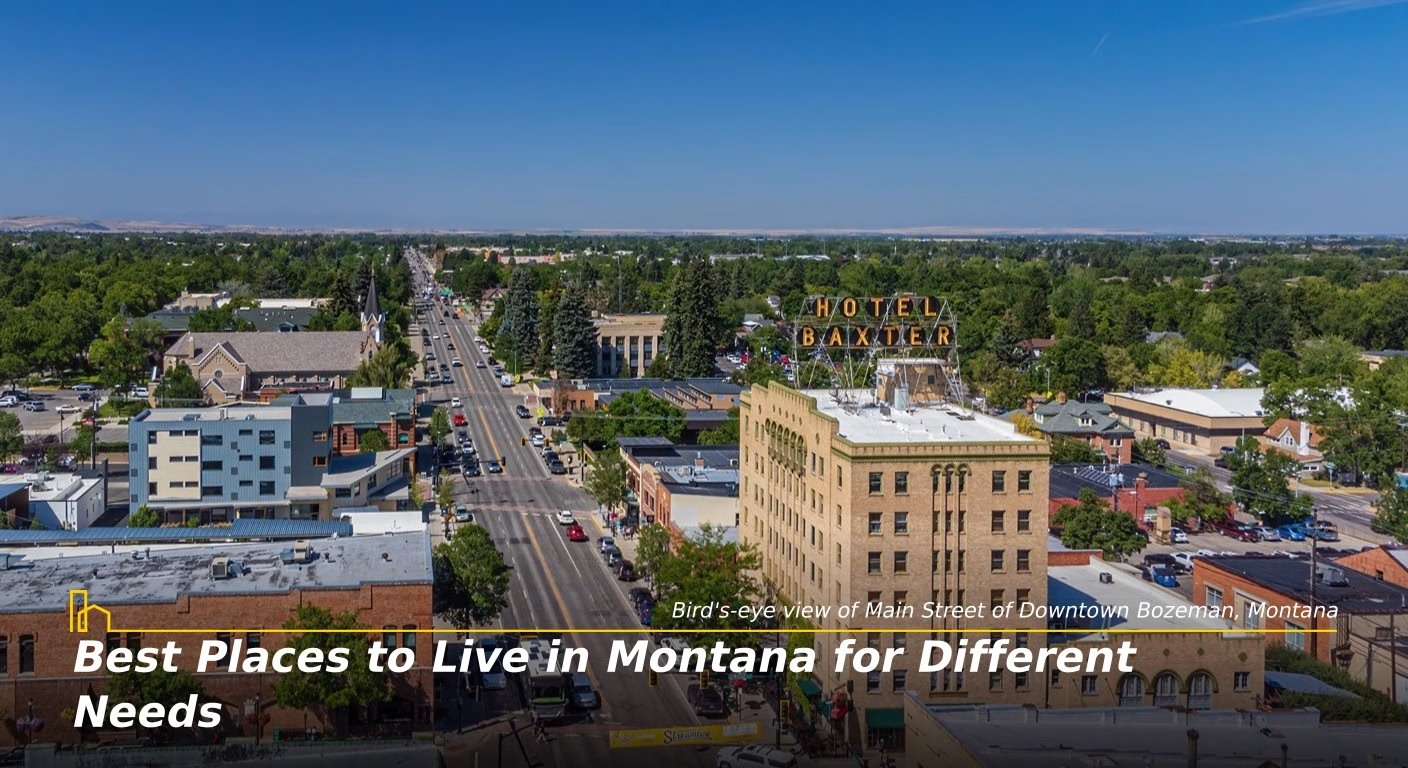
A. Family-Friendly Montana Communities
Community Type | Best Cities | Median Home Price | Key Benefits |
|---|---|---|---|
| Urban Family | Bozeman | $650,600 | Top schools, amenities, college town |
| Affordable Family | Billings | $362,400 | Commendable schools, low costs, healthcare hub |
| Rural Family | Helena | $450,000 | Respectable schools, state capital, outdoor access |
B. Professional and Retiree Options
Bozeman provides the most diverse job opportunities in tech and education.
Missoula offers a stable, university-focused economy for professionals and creatives.
Billings is the healthcare and business hub with a reasonable cost of living.
Whitefish and Big Sky are premier destinations for retirees and outdoor enthusiasts, though with premium prices.
Conclusion: Making Montana Living Work for You
Success depends on choosing the right location for your budget and career, preparing for the climate, and embracing an outdoor-oriented mindset. While the cost of living is reasonable, strategic financial planning—and a willingness to engage with the local culture—is vital. For those drawn by adventure, natural beauty, and community spirit, Big Sky Country offers a rewarding lifestyle unlike any other. For a comparison with another Western state, explore our guide on the most affordable cities to live in Arizona.
Recommended for you
Frequently Asked Questions About Living in Montana
1. What is a comfortable salary to live in Montana?
Single people can live comfortably on an annual salary of $50,000-$60,000. Families of four typically need a combined income of $80,000+ to cover housing, groceries, utilities, and transportation confidently, especially in more expensive cities like Bozeman.
2. Is Montana a tax-friendly state for retirees?
Yes, moderately. Montana is generally tax-friendly for retirees. While it does tax Social Security income for higher earners, it offers exemptions for other retirement income and has no sales tax, which benefits retirees on fixed incomes.
3. How do people afford groceries in Montana?
Residents afford groceries by shopping sales at major chains, buying in bulk at Costco, and growing their own produce during the short growing season. Many also hunt and fish to supplement their food supply.
4. Is healthcare more expensive in Montana?
Healthcare costs are generally at or slightly above the national average. Major hubs including Billings and Missoula have excellent medical facilities, but specialized care in rural areas can be limited and require significant travel.
5. What are the biggest hidden costs?
Hidden costs to watch out for include utilities (high heating bills during long winters), vehicle maintenance (rough roads and long distances), and the “big sky tax” (premium prices for goods and services due to transportation costs).
6. Is Montana a good place to retire?
It can be an exceptional place to retire for the right person. Natural beauty, outdoor recreation, and community spirit are enticing. However, retirees must carefully consider their healthcare needs and choose a location with adequate medical access, such as Billings, Missoula, or Bozeman.
If you’re considering other relocation options, you might also explore the pros and cons of living in Tennessee, learn about the best places to live in Colorado, or discover the best places to live in Wyoming. For those interested in different regions, check out our guides on living in Idaho or the pros and cons of living in South Dakota.
Local Editor(s)
The Pros and Cons of Living in Montana
When picturing Montana, what comes to mind are vast mountain landscapes, pristine wilderness, and the spirit of the American West. But the Treasure State offers even more; here lies a…
Moving to Montana: The Complete Relocation Guide & Checklist
Bordered by Canada, Idaho, Wyoming, North Dakota, and South Dakota, Montana offers a lifestyle defined by breathtaking wilderness, rugged independence, and profound natural beauty. Over 1 million residents have found…
7 Most Affordable Places to Live in Montana
In a state known for breathtaking landscapes and rugged independence, Montana stands out for offering remarkable affordability amid natural splendor. With a median home price significantly below the national average…
The 5 Best Places to Live in Montana: A City Comparison (updated)
Montana is a state of breathtaking natural beauty, where rugged wilderness meets charming small towns and vibrant urban centers. Choosing the right community within Big Sky Country is crucial to…
The Pros and Cons of Living in Connecticut
Nestled in the heart of New England, Connecticut offers a unique blend of historic charm, coastal beauty, and modern affluence. Known as the Constitution State, it boasts proximity to major cities like New York City and Boston while maintaining its own identity with…
The Pros and Cons of Living in Nevada
When picturing Nevada, what comes to mind are glittering casinos, vast desert landscapes, and the 24-hour energy of Las Vegas. But the 36th state offers more than entertainment clichés; tax advantages, outdoor recreation, and economic opportunity define everyday living. Yet,…
The Pros and Cons of Living in Washington State
Relocating to Washington is a major decision—one that involves weighing the Evergreen State's spectacular natural beauty, booming economy, and progressive culture against its high cost of living, gray winters, and urban growing pains. Whether you're seeking a vibrant city, a…
Pros and Cons of Living in Wyoming in 2025
Choosing to relocate can be quite overwhelming. Once you decide on a state, you still need to choose the right community. If you’ve decided to make Wyoming your new home, you’re in luck — it’s a big and varied place…
The Pros and Cons of Living in Illinois (updated)
Relocating to a new state requires careful consideration of both the state as a whole and the specific community you'll join. If you're considering Illinois, you'll find a state home to vibrant cities, charming small towns, and a diverse mix…
The Pros and Cons of Living in North Carolina
What does North Carolina have to offer? If you want one word to describe North Carolina, “varied” would be an excellent choice. Do you love the mountains or the beach? In this Southeastern state, you will find plenty of both.…
The Pros and Cons of Living in Texas
Howdy! Thinking about moving to the Lone Star State? You’re not alone. Moving to Texas is trending as the state continues to attract new residents with its economic opportunities, cultural vibrancy, affordable cost of living, and distinctive lifestyle. Relocating to…

